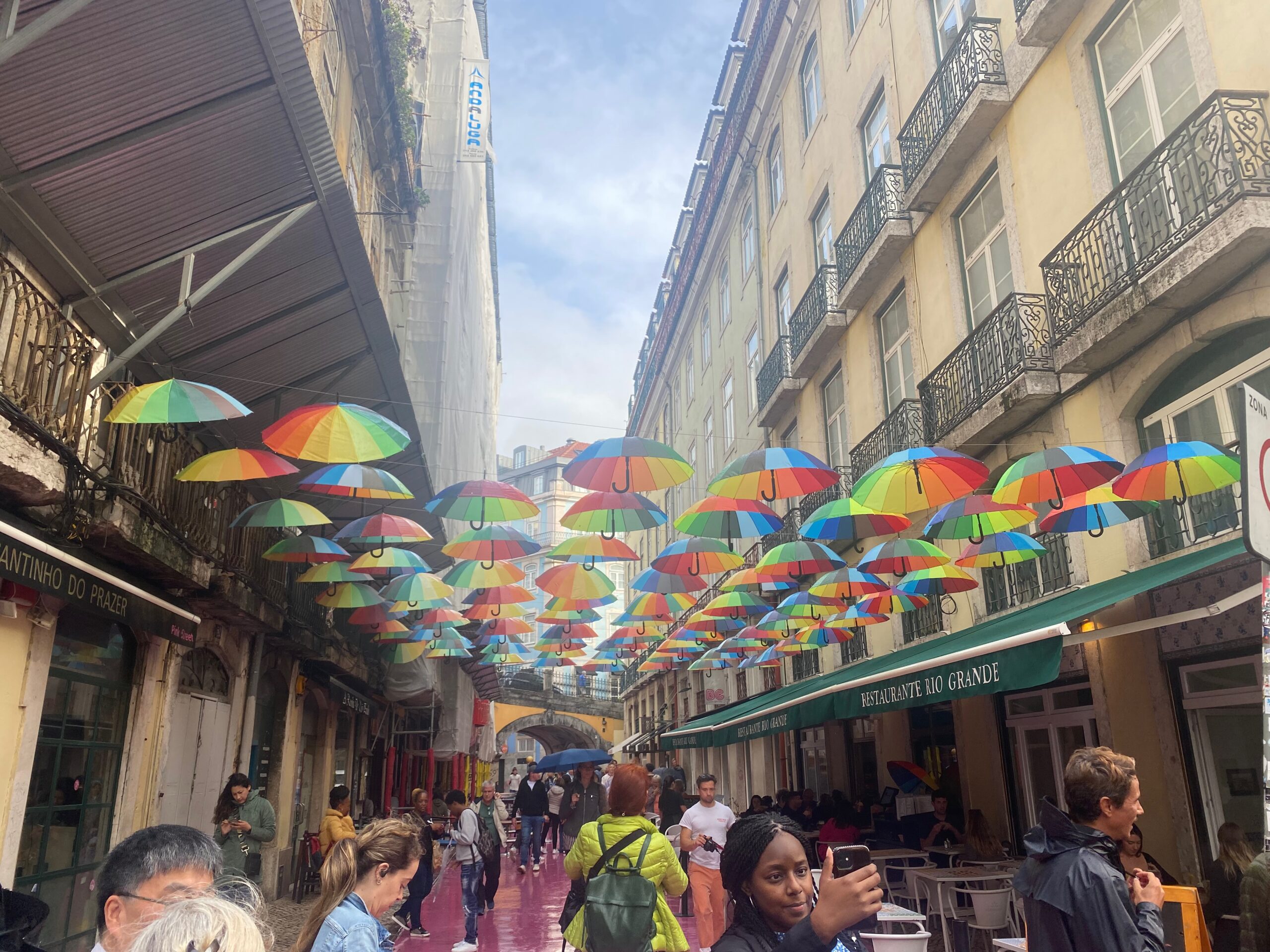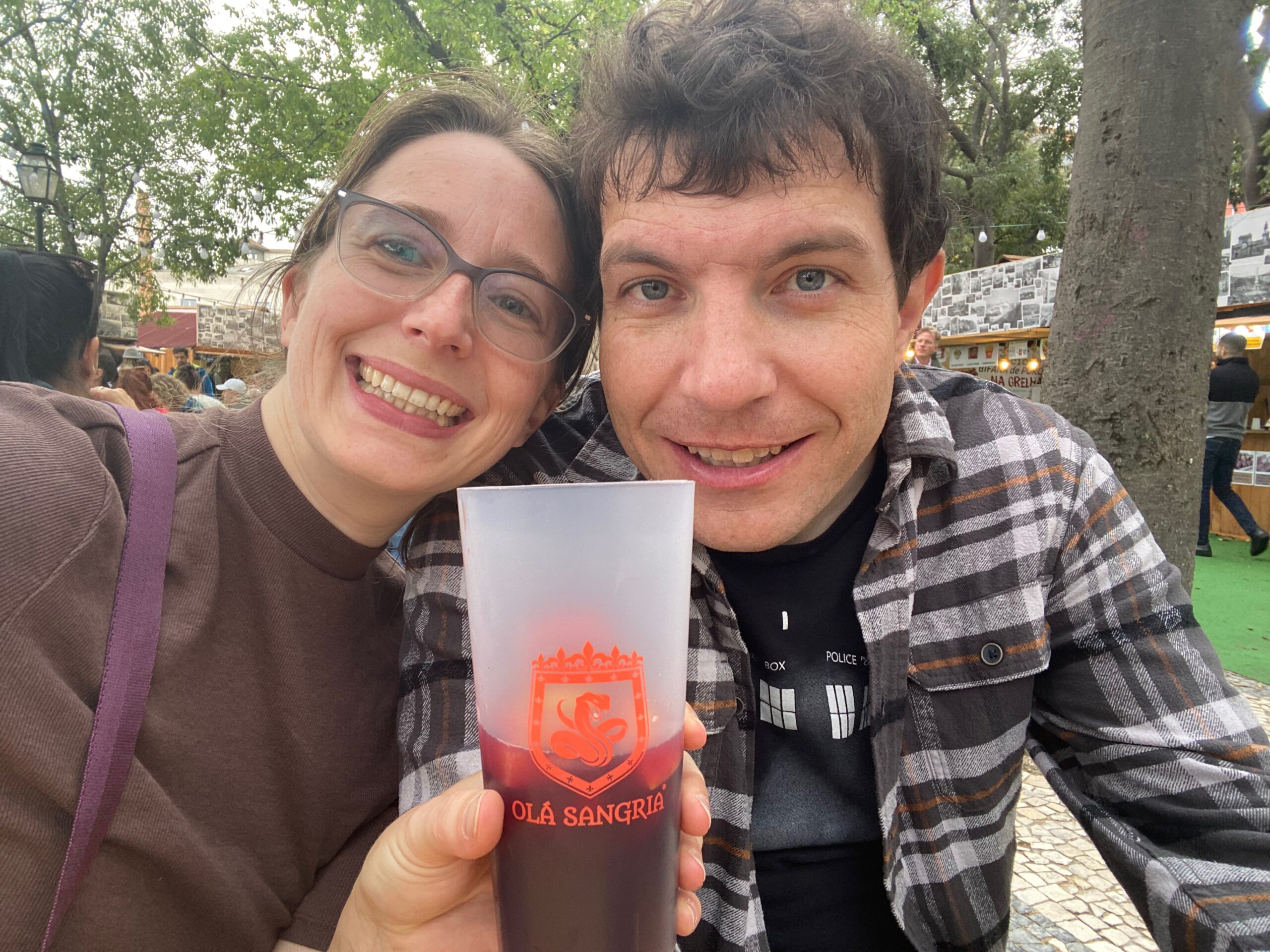On our way south from the Duoro Valley to Lisbon, Francisco had recommended that we stop in Coimbra to visit the University library – the Biblioteca Joanina. Coimbra University is one of the oldest educational institutions in Europe. The library tour starts out in the University Prison, which is essentially the basement (did you know that university prisons were a thing? I did not) with two cells in it, and then takes you up a floor to an area that used to be used for manuscript preservation. Here the shelves were lined with old books – I was impressed, and we weren’t even to the good part!

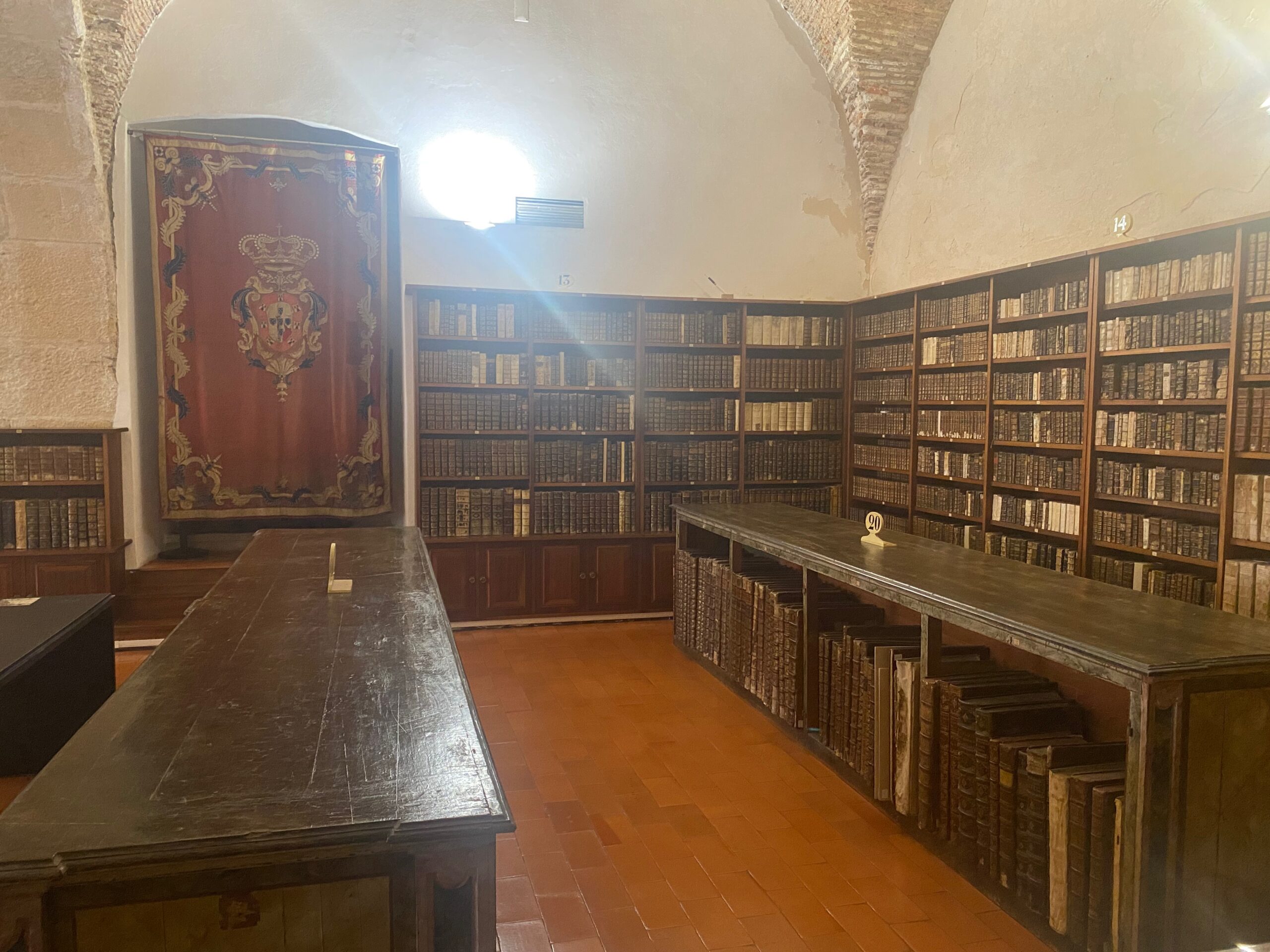
The main library is made up of three different rooms. It is absolutely stunning, but unfortunately photographs are completely forbidden, so these are from wikipedia. The library was specifically designed as a vault to protect the books inside, including shelving made with oak, whose smell repels paper-eating bugs, and a resident bat colony who spend each night also eating these bugs. The amazing reading tables are covered with leather cloths each night in order to protect them from the guano!
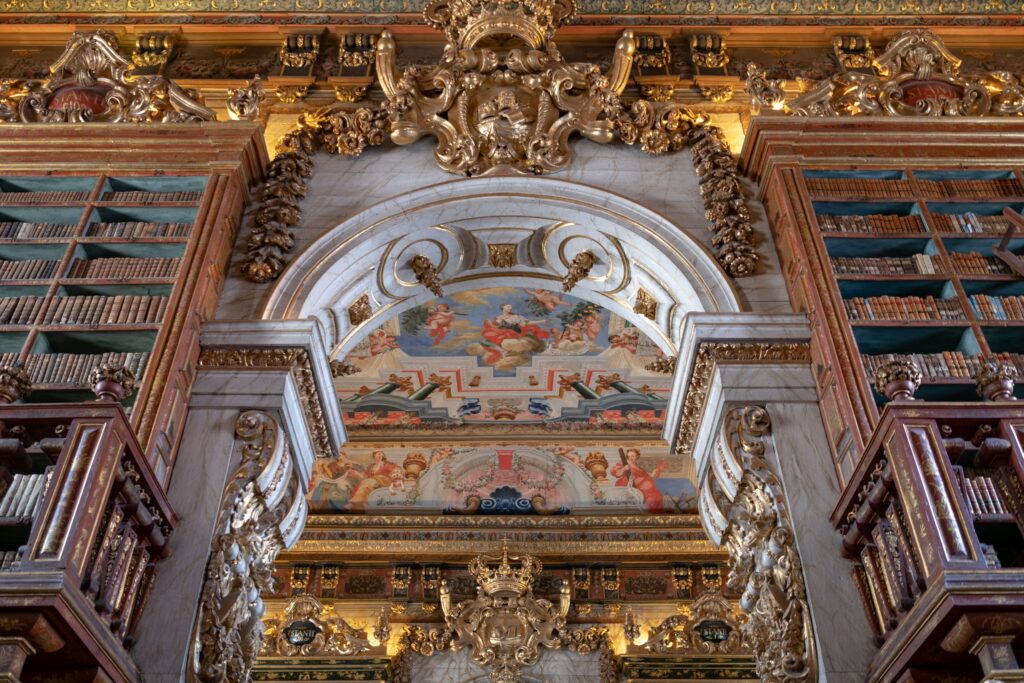
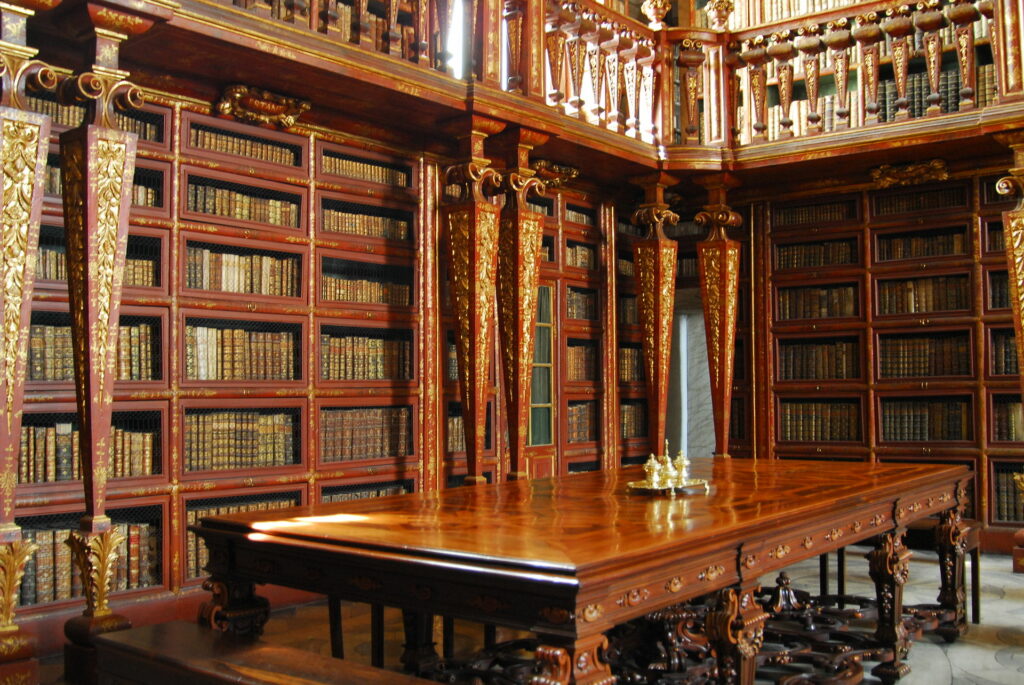
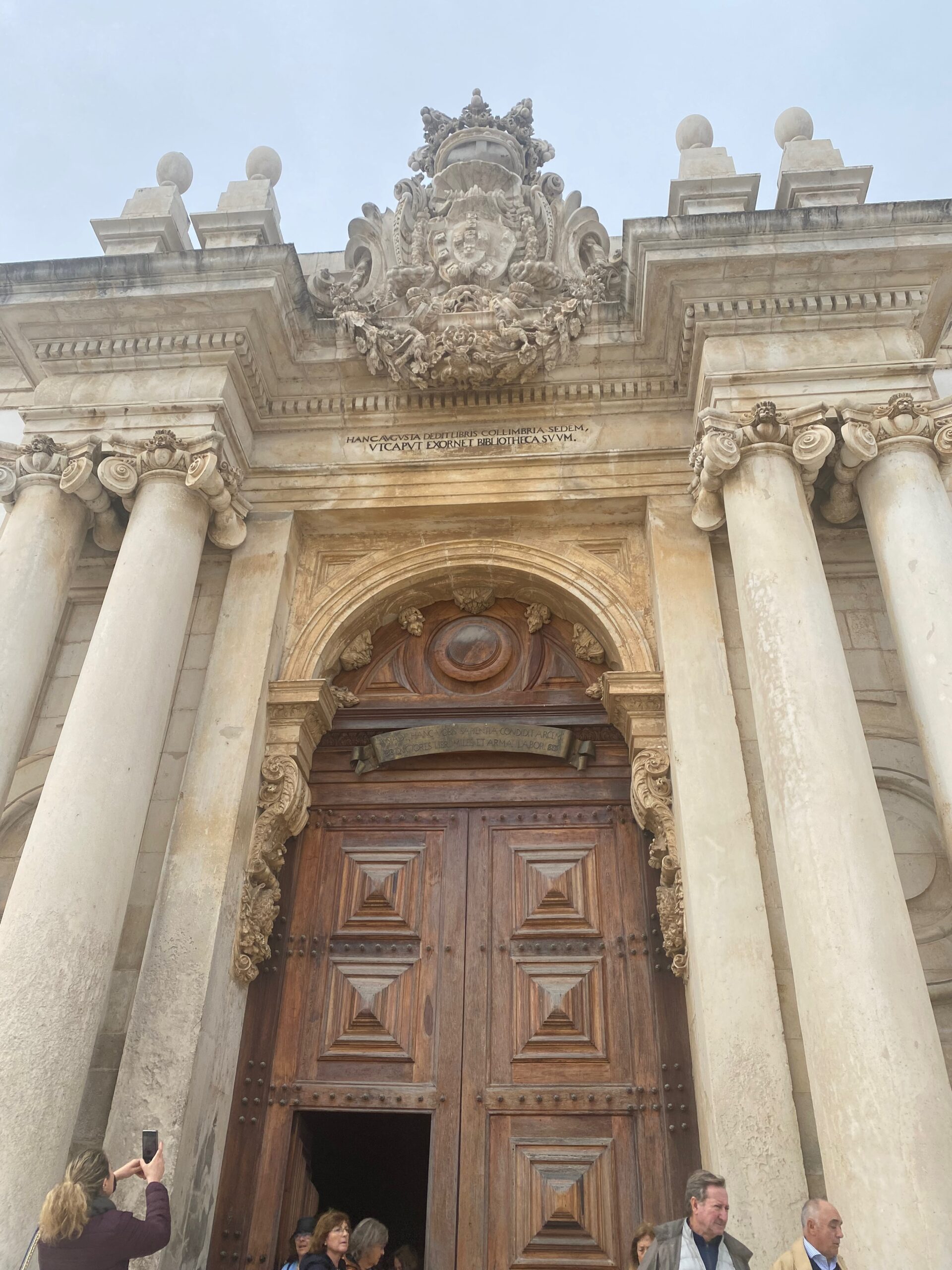

After the library, in the same building complex we visited also the chapel which had some lovely azulejos (blue tiles) and then the Coimbra Palace which is where doctoral thesis defenses still take place.
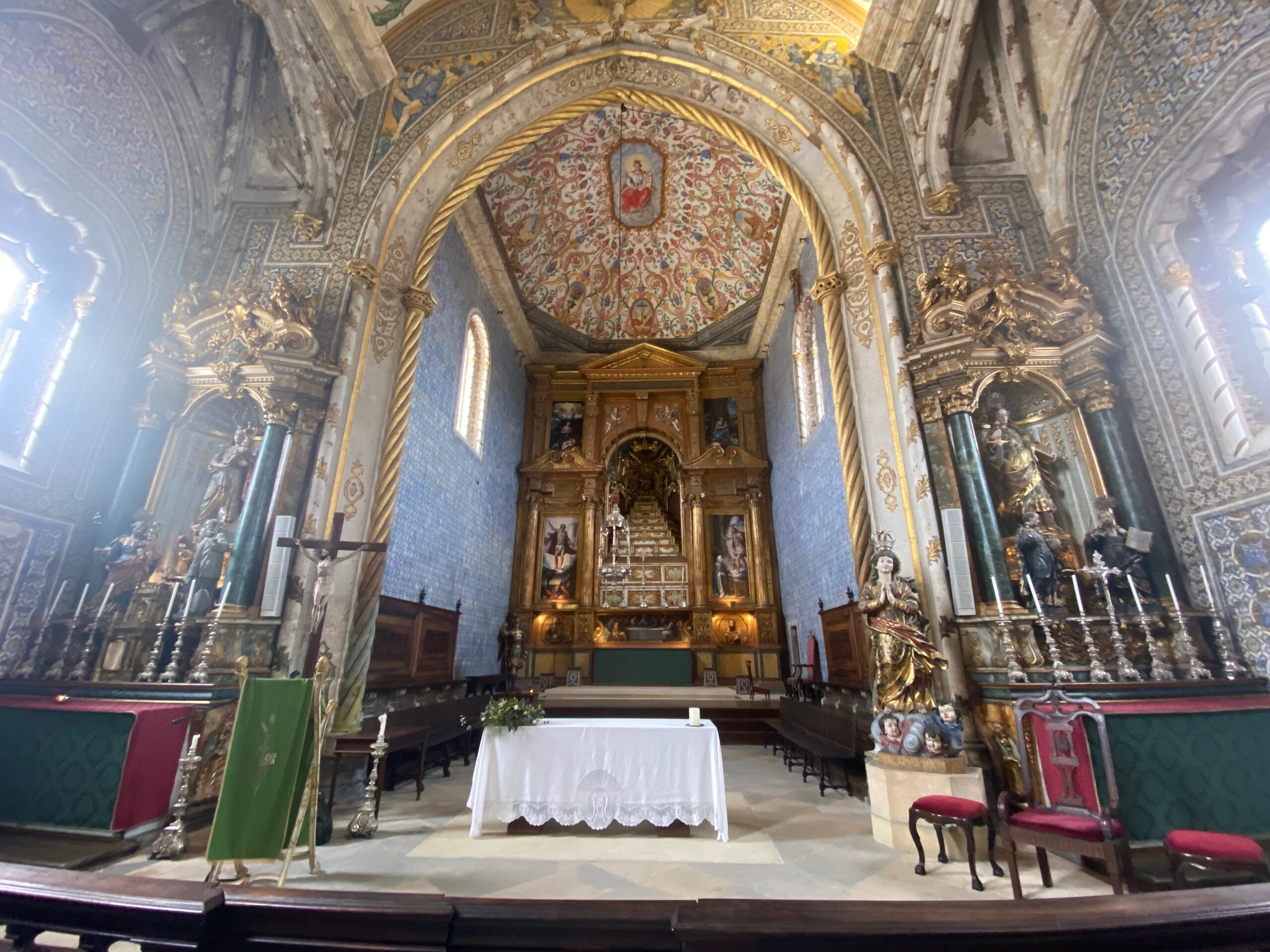
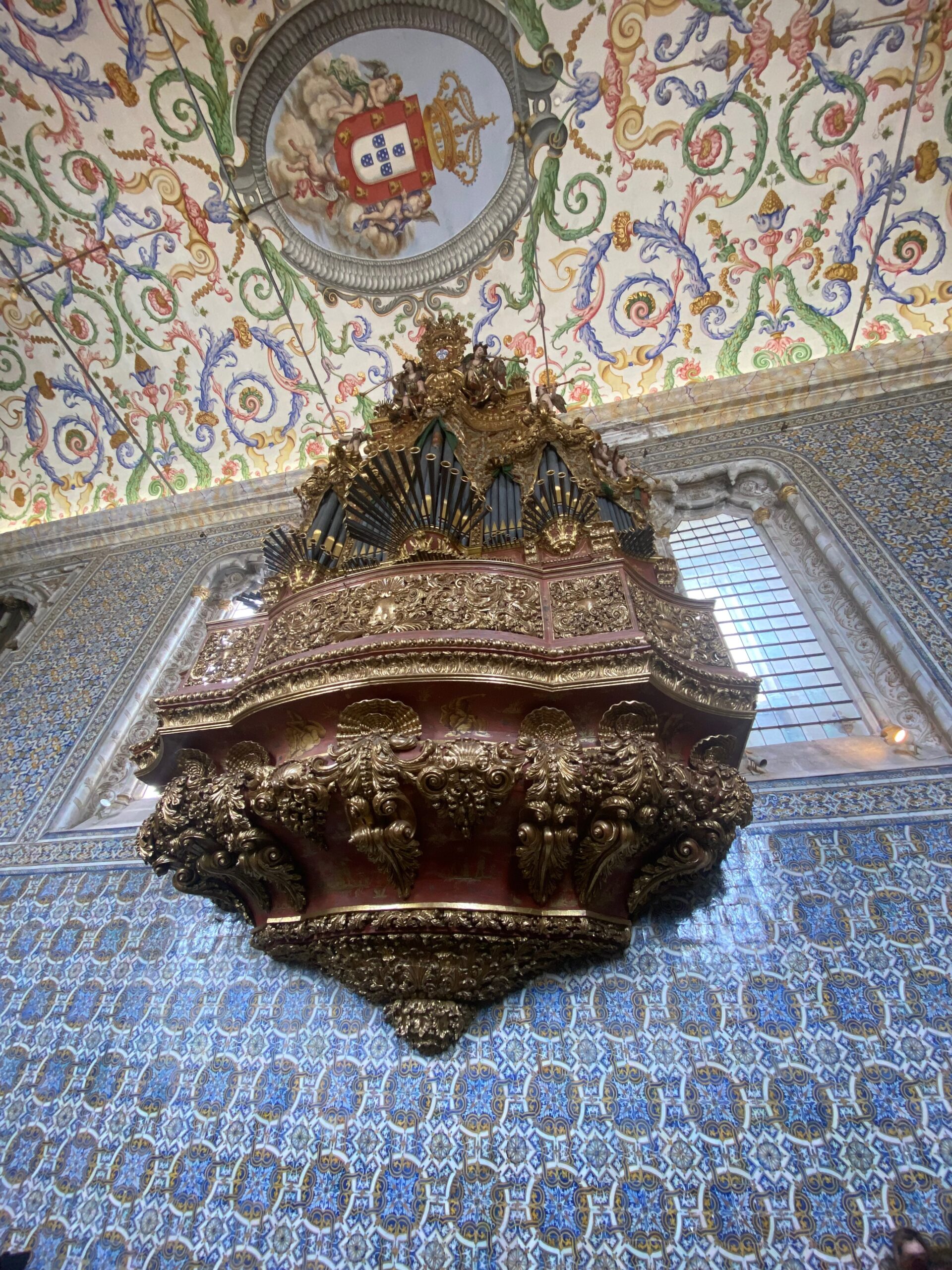
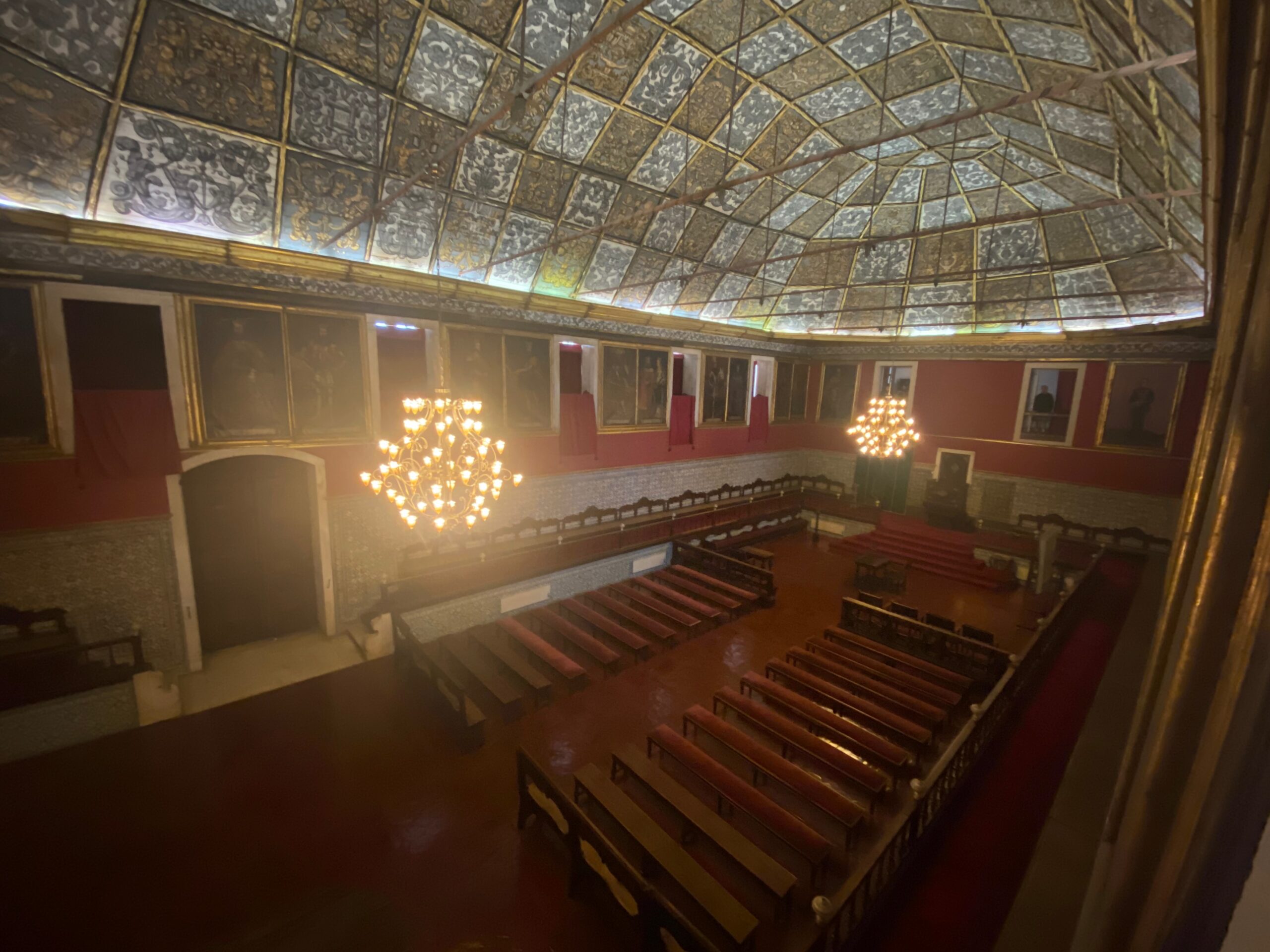
We arrived in Lisbon in the late afternoon and decided to have a relatively low-key evening. I had to log on to work for a couple of hours to attend and present at a board meeting for my company and we ordered delivery dinner to the hotel since it was pouring with rain.
On Friday morning, I had booked a walking tour of Lisbon to give us a chance to hear a little of the city’s history and to help us figure out what to do with the rest of our time here. We saw some great viewpoints of the city, learned about the 1755 earthquake that leveled most of the city and about several of the country’s kings, including the one pictured in the statue below who abandoned the city after the earthquake and is now commemorated with a statue of him literally facing away from the city with several ‘private jokes’ included (the snakes at his feet and the people being trampled by an elephant. We also saw the changing of the guard at the National Guard museum.
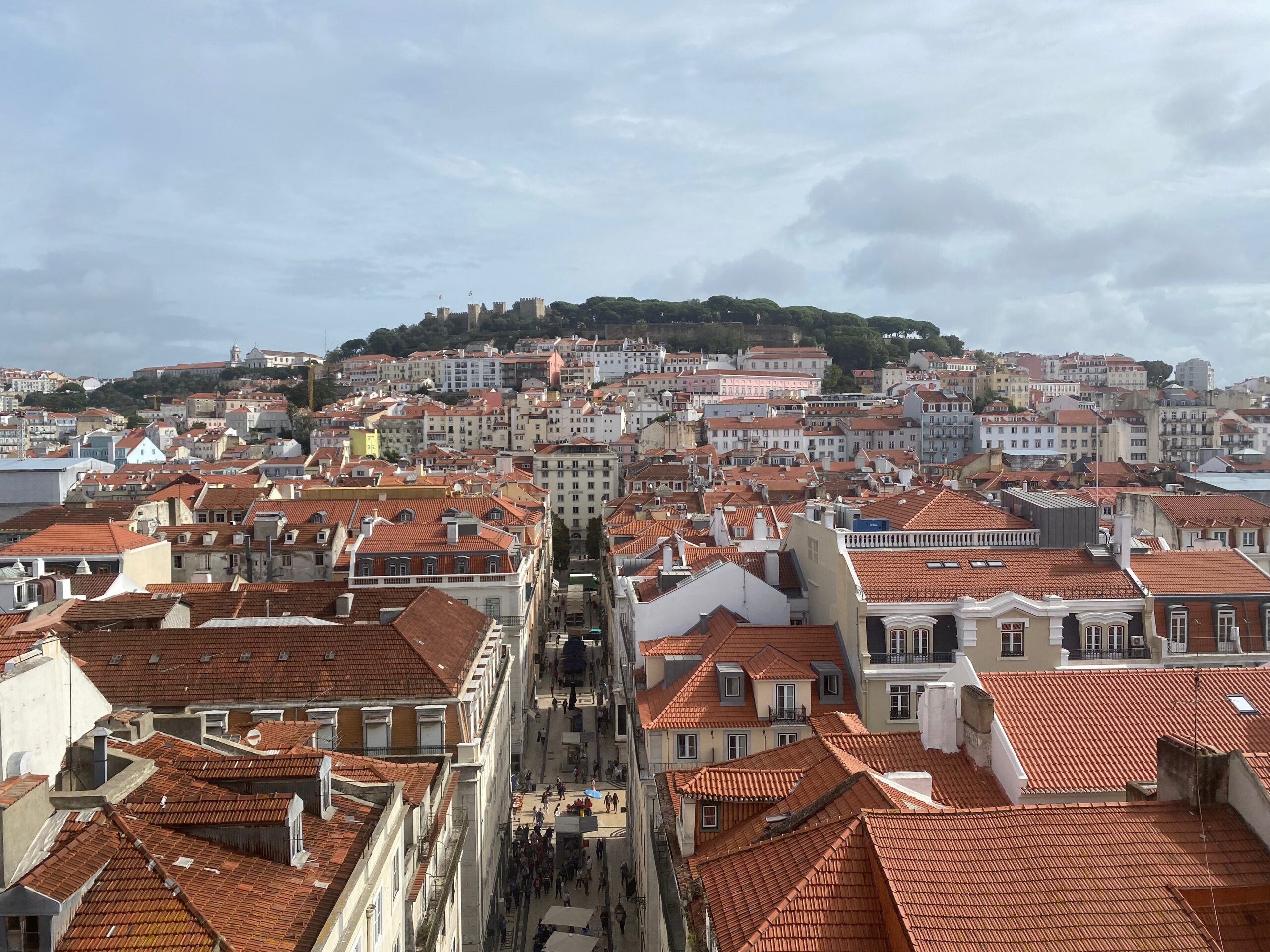
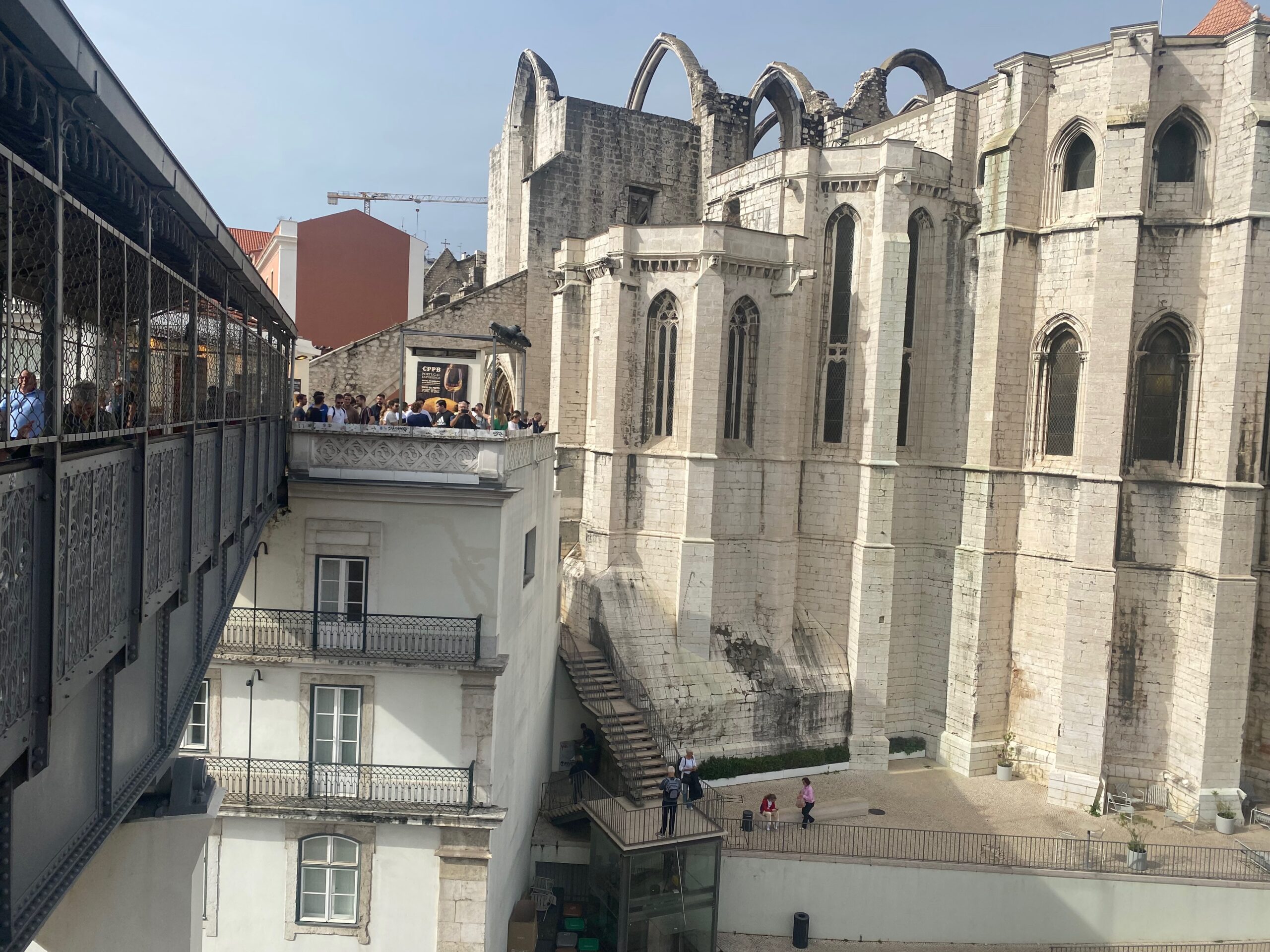
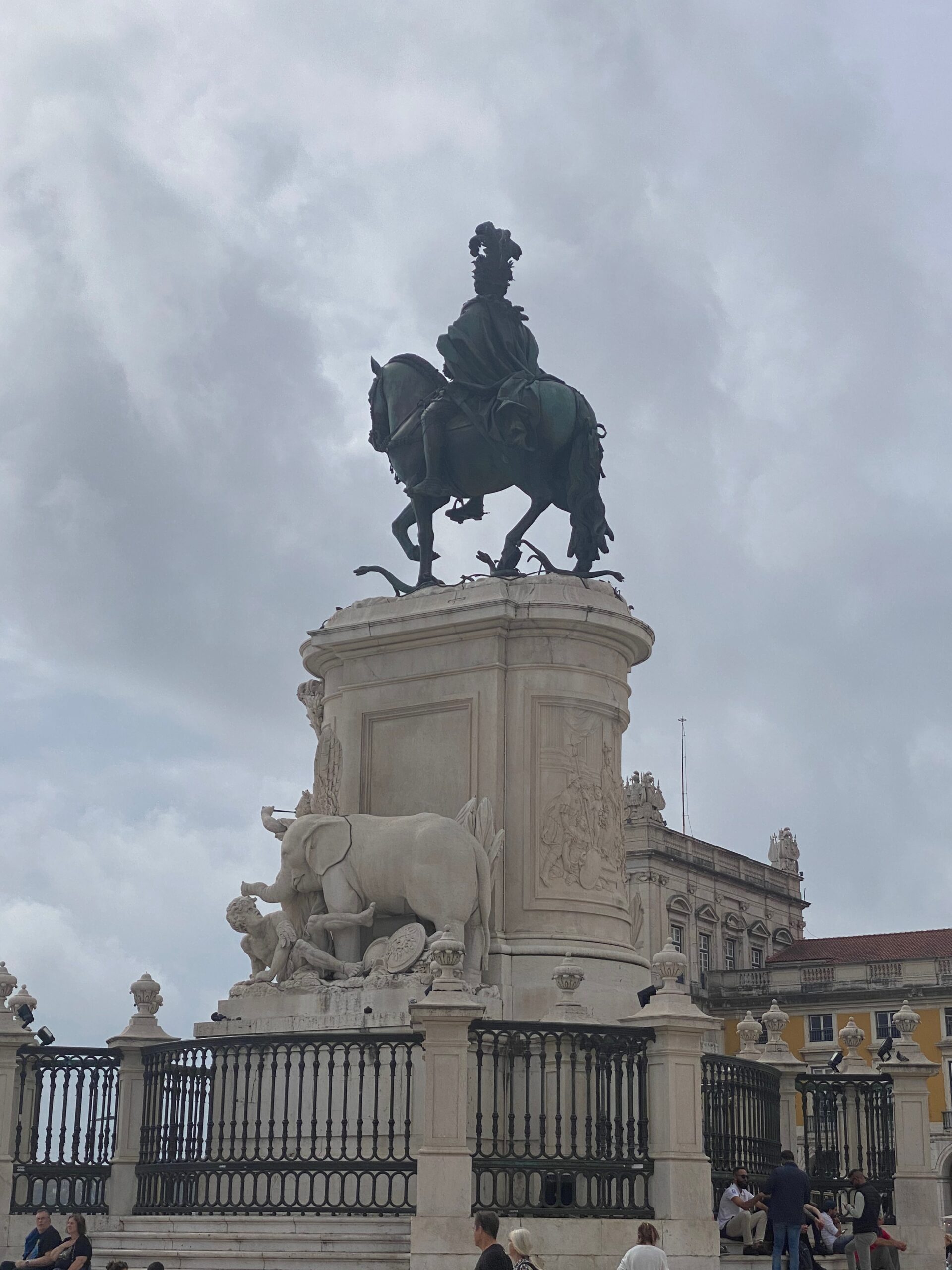
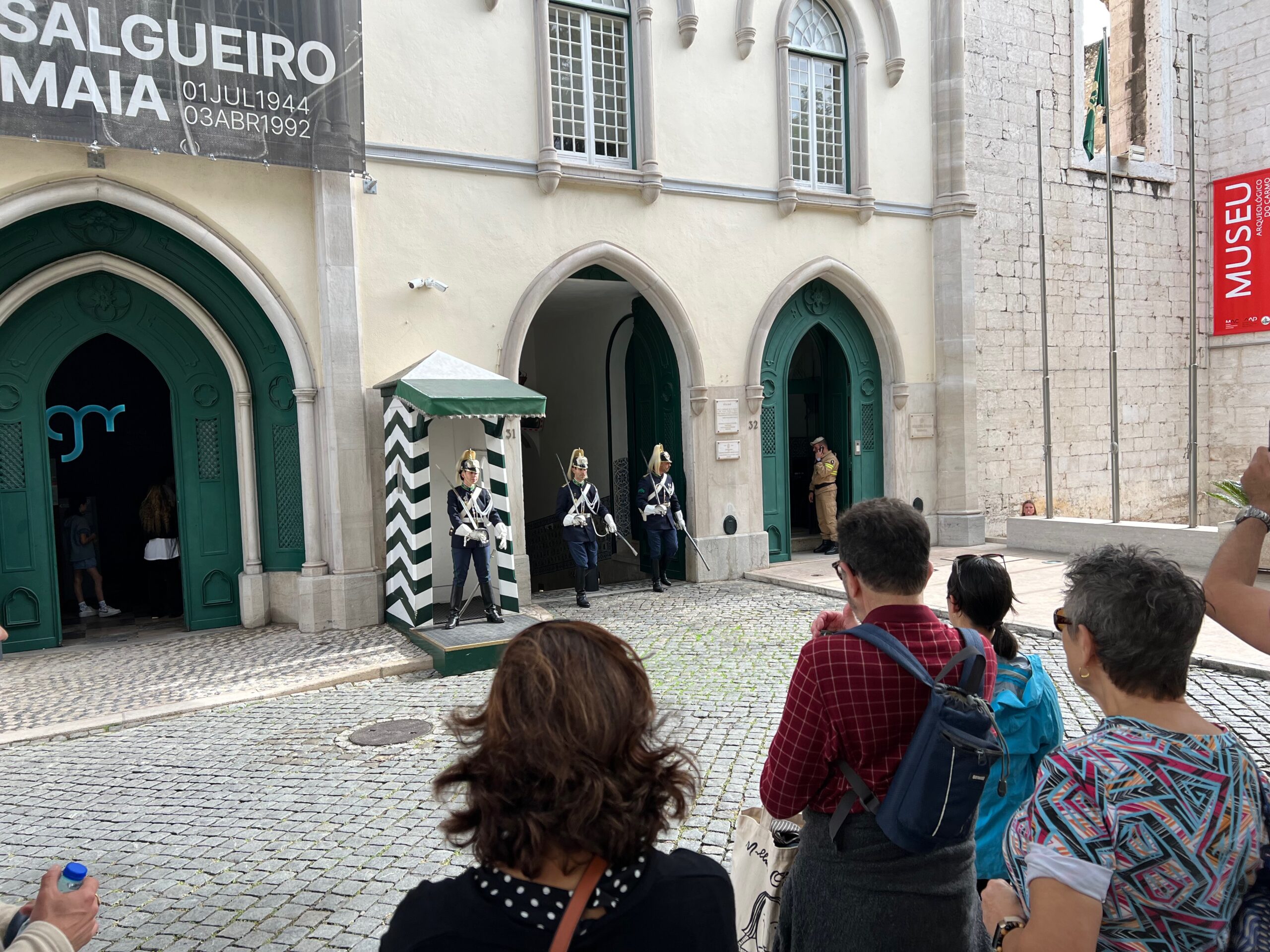
Our guide had been so excellent that we decided to take his afternoon tour of the Alfama neighbourhood in the afternoon. There, we sampled Ginjinha, which is a sweet cherry liquor and most famously made in Alfama. We also saw some azulejos describing some miracles performed by the patron saint of Lisbon including telling a woman she would find love (she met and married someone after speaking with the saint) and proving a donkey was blessed by Christ (by starving it for 3 days, and then offering it sacramental wafers which it refused to eat).
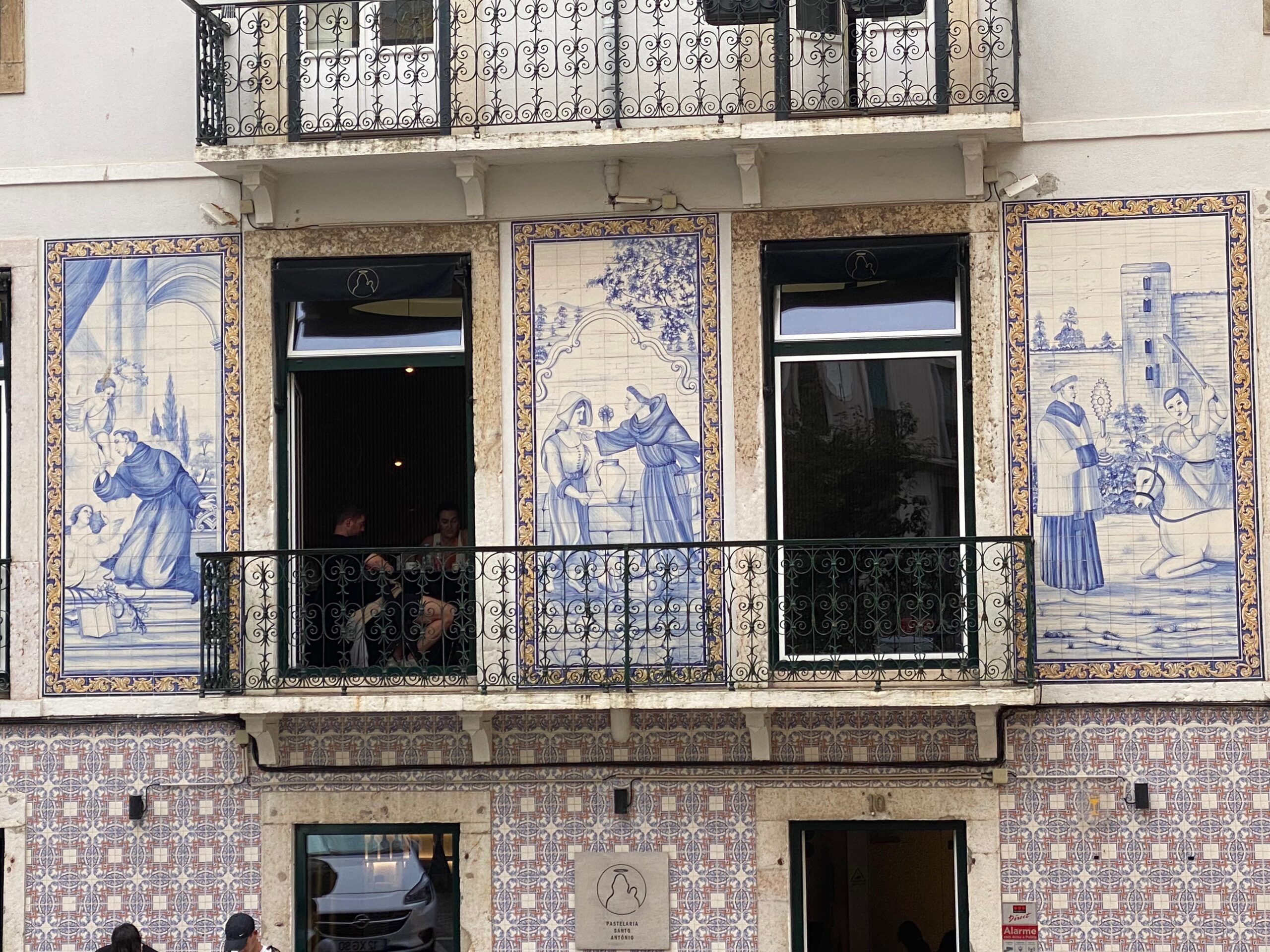

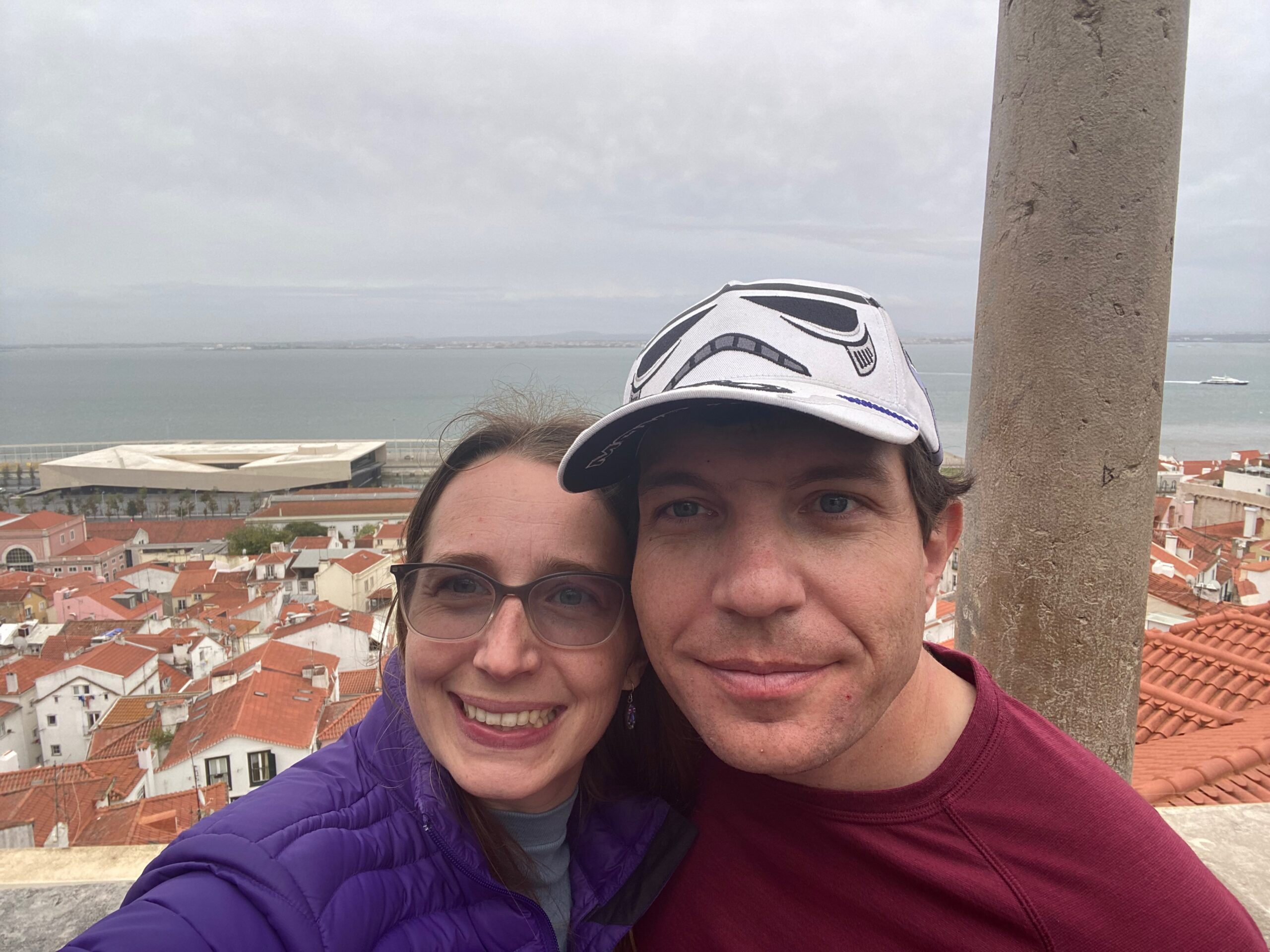
For dinner, I had made reservations at Fifty Seconds, a michelin-star restaurant that turned out to be a bit of a jaunt outside of Lisbon. We did manage to take the subway and then discovered that this restaurant was at the top of a HUGE tower right on the water (the elevator ride takes 50 seconds). We had a fantastic meal.
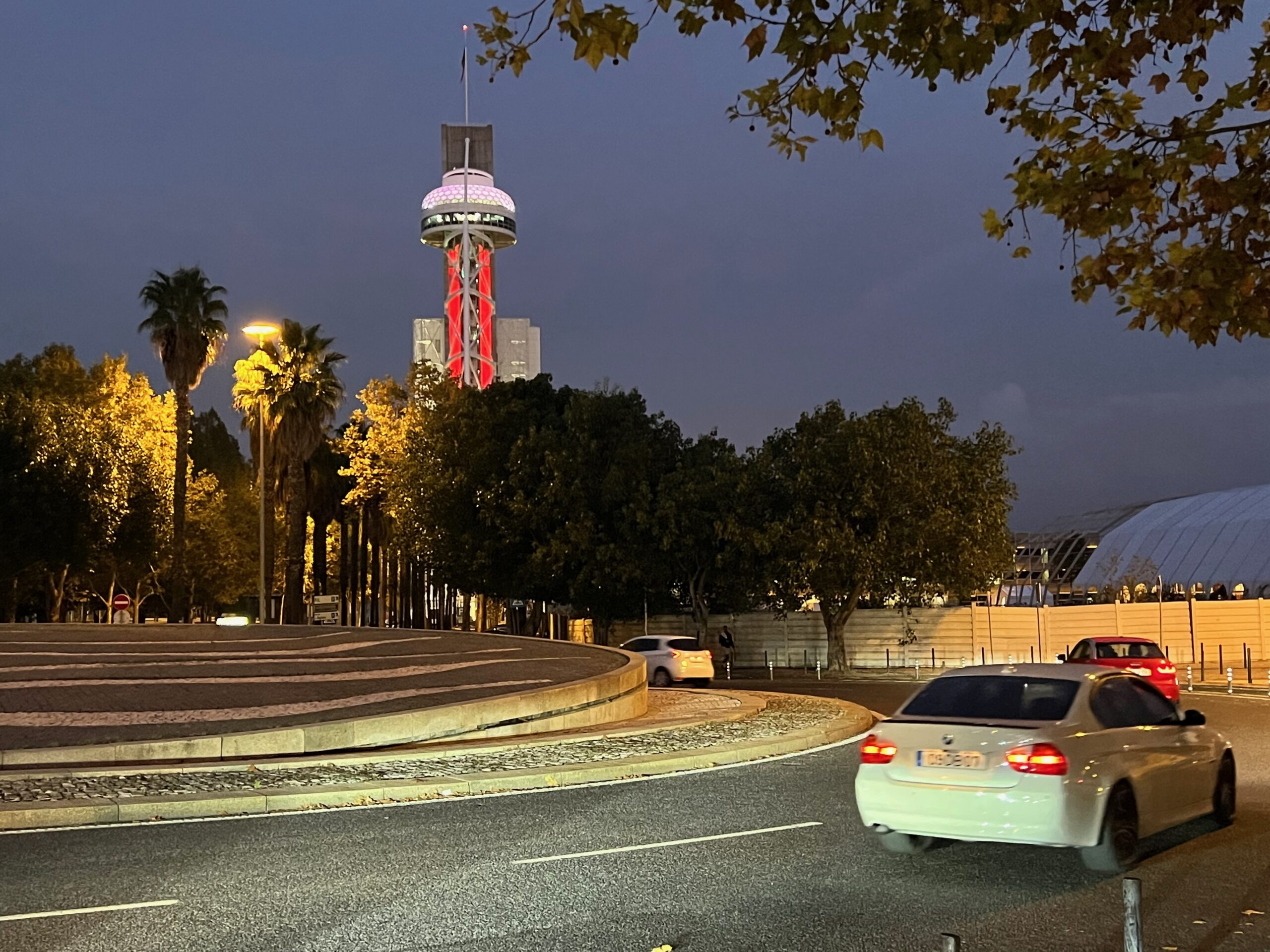
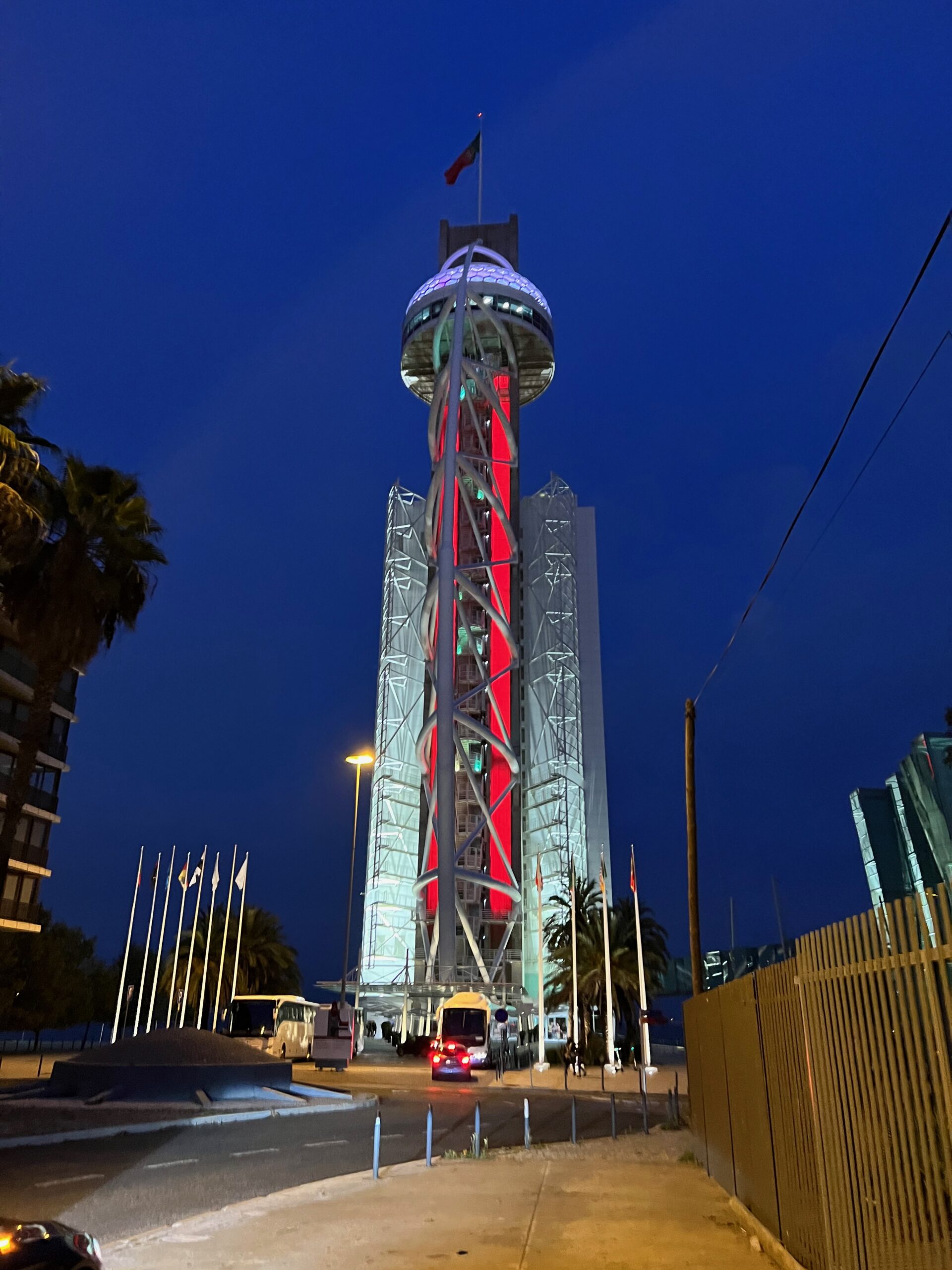
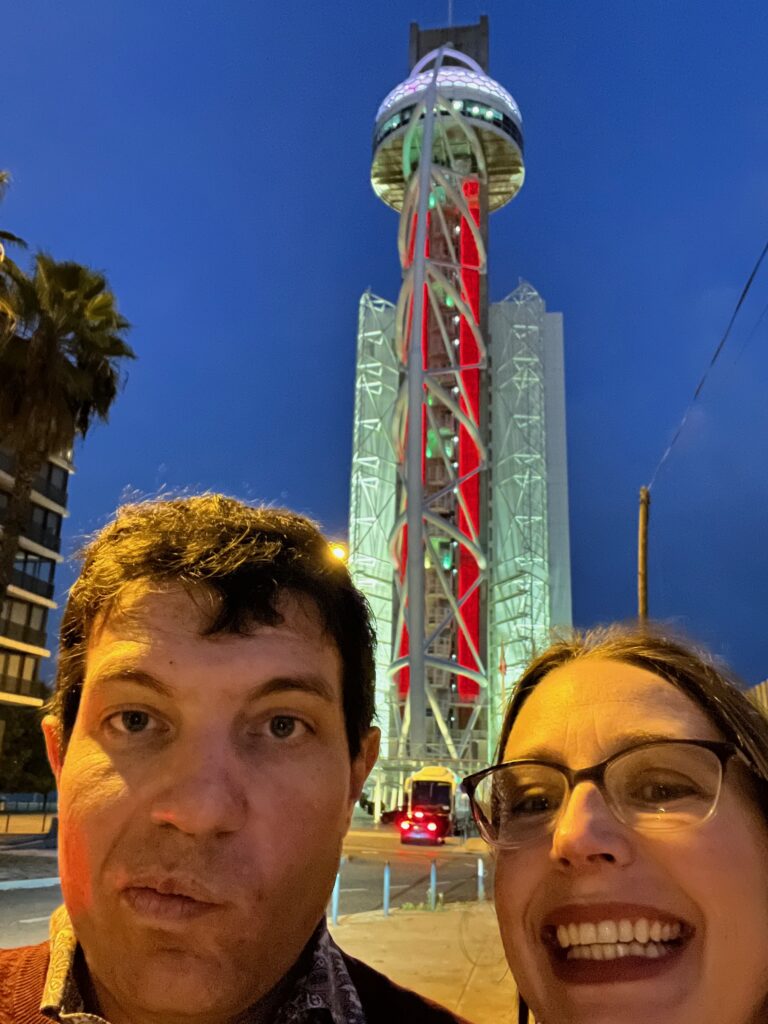
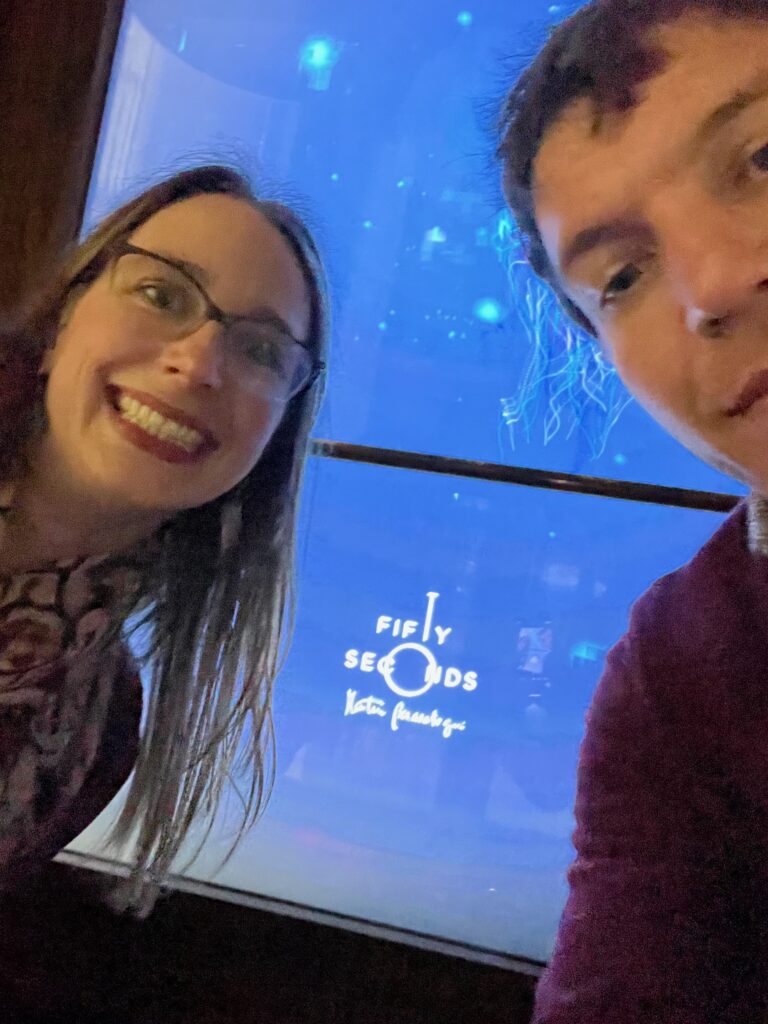
The next morning it was a bit rainy, but we decided to head to Belem. We were originally planning to do a hop on-hop off bus tour, but decided to take public transport instead, not knowing if we’d want to spend the whole day in the rain. After some struggles with transfers and being passed by with full trams whose doors wouldn’t even open, we finally made it to Belem.
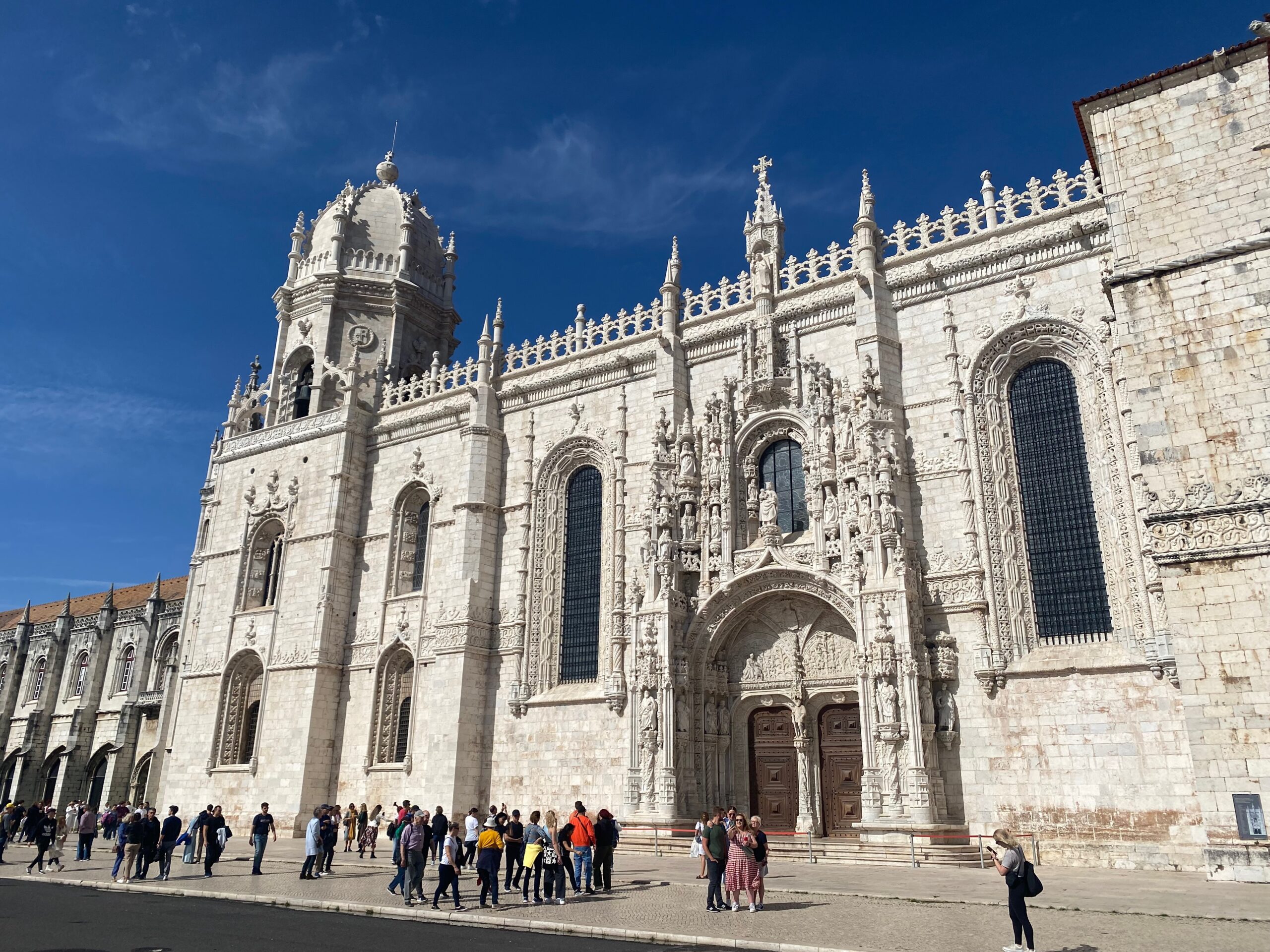
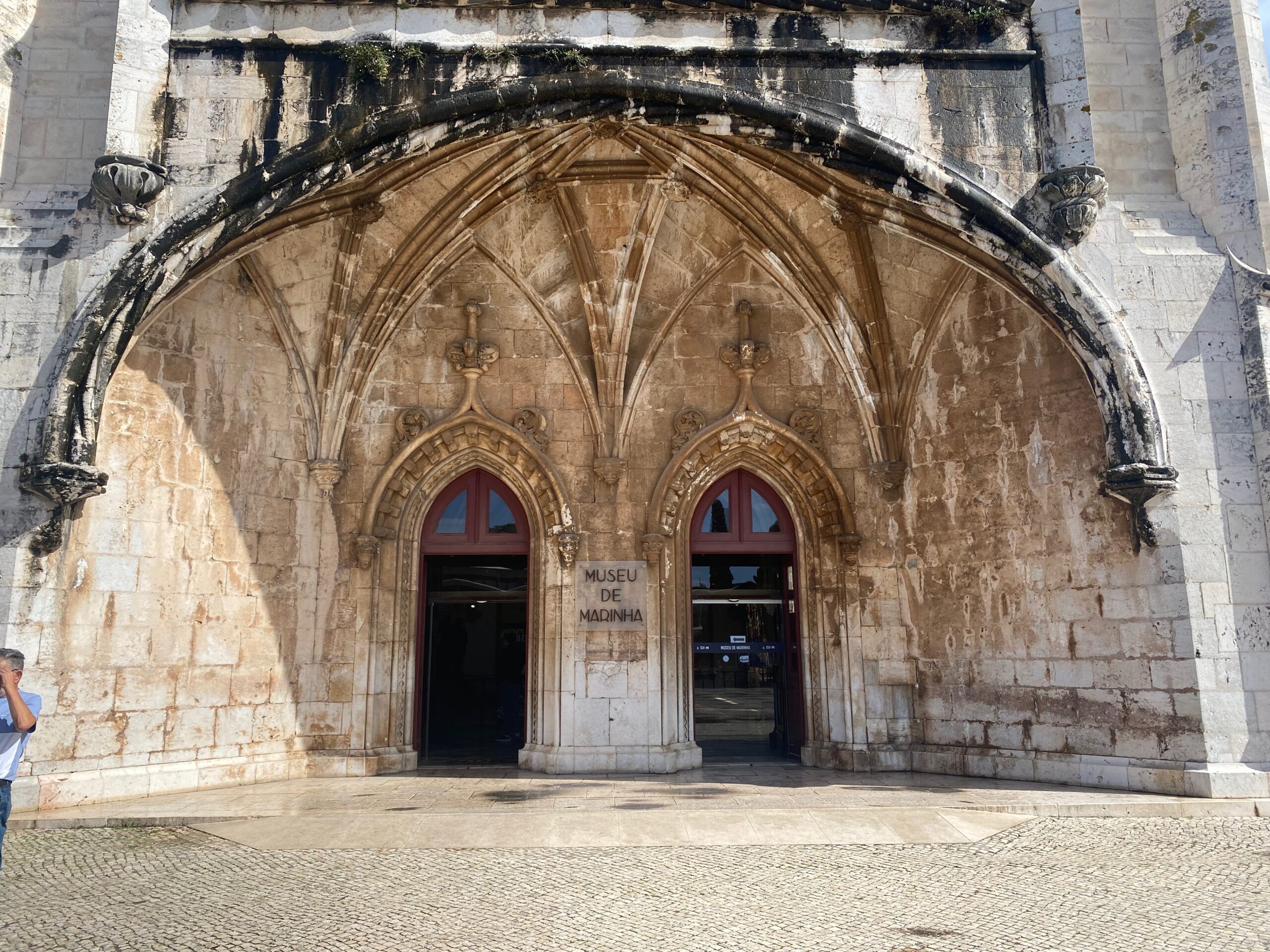
We had a delicious brunch and then headed to the maritime museum. It was HUGE!
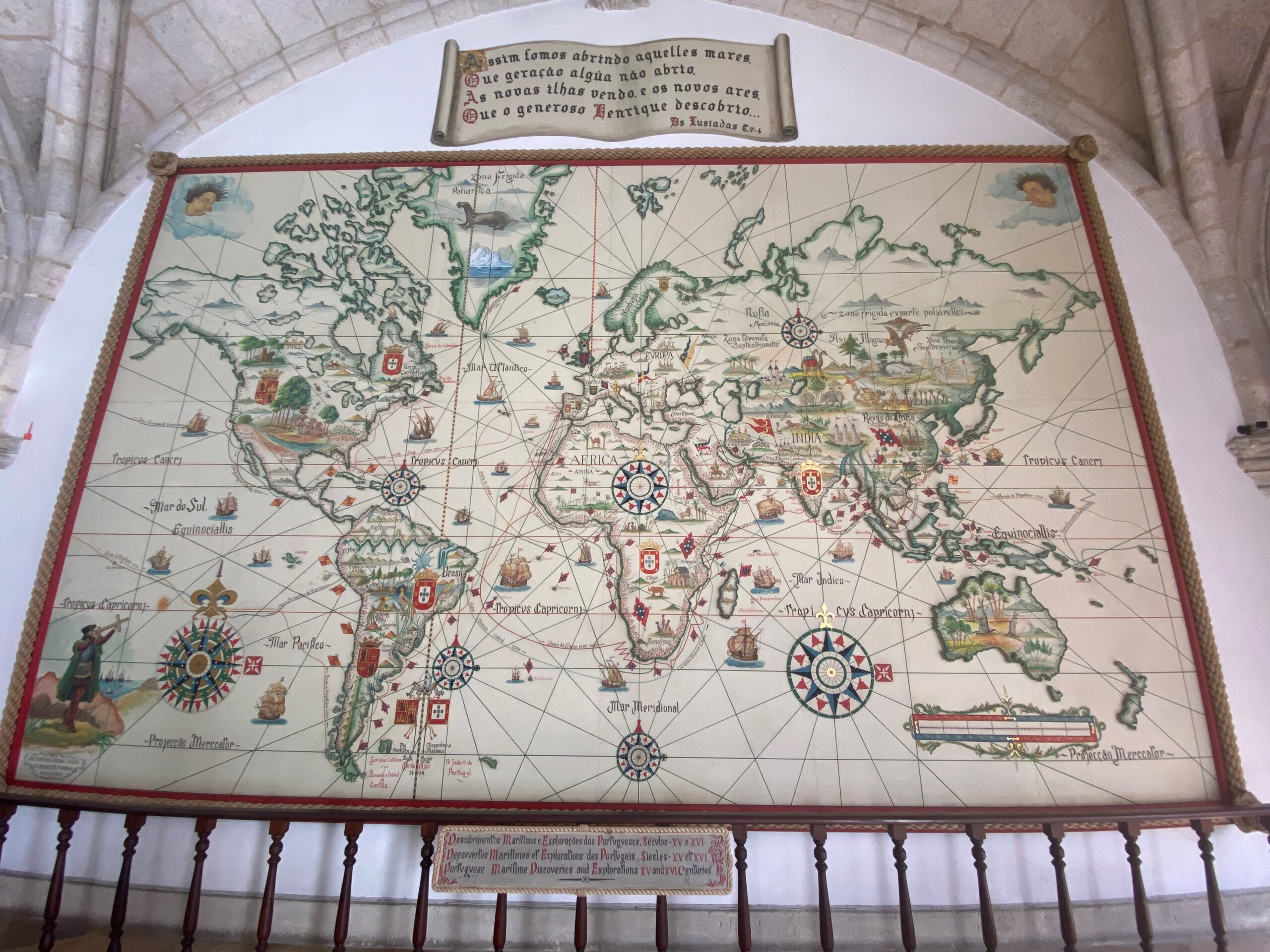
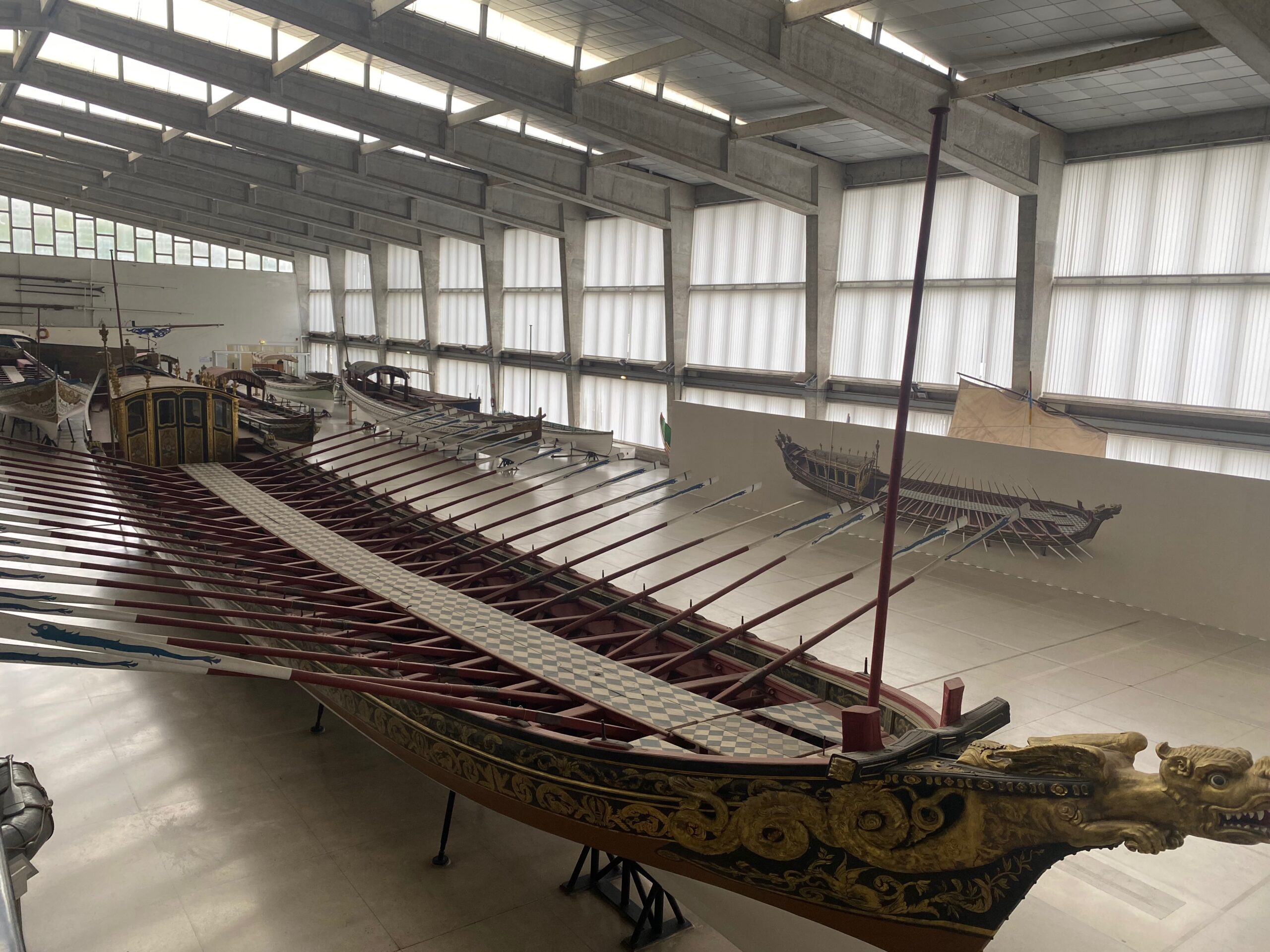

Obviously, considering Portgual’s long history with maritime exploration :). After the museum, we headed across the street to the Padrão dos Descobrimento (monument to maritime exploration) that is right at the waterfront. We were a little perplexed at first about how to get there since there were train tracks between us and the monument and the nearest bridges looked to be 1+ miles in either direction. Eventually we discovered a pedestrian underpass that was being hidden behind a construction wall surrounding the botanical gardens on our side of the street!
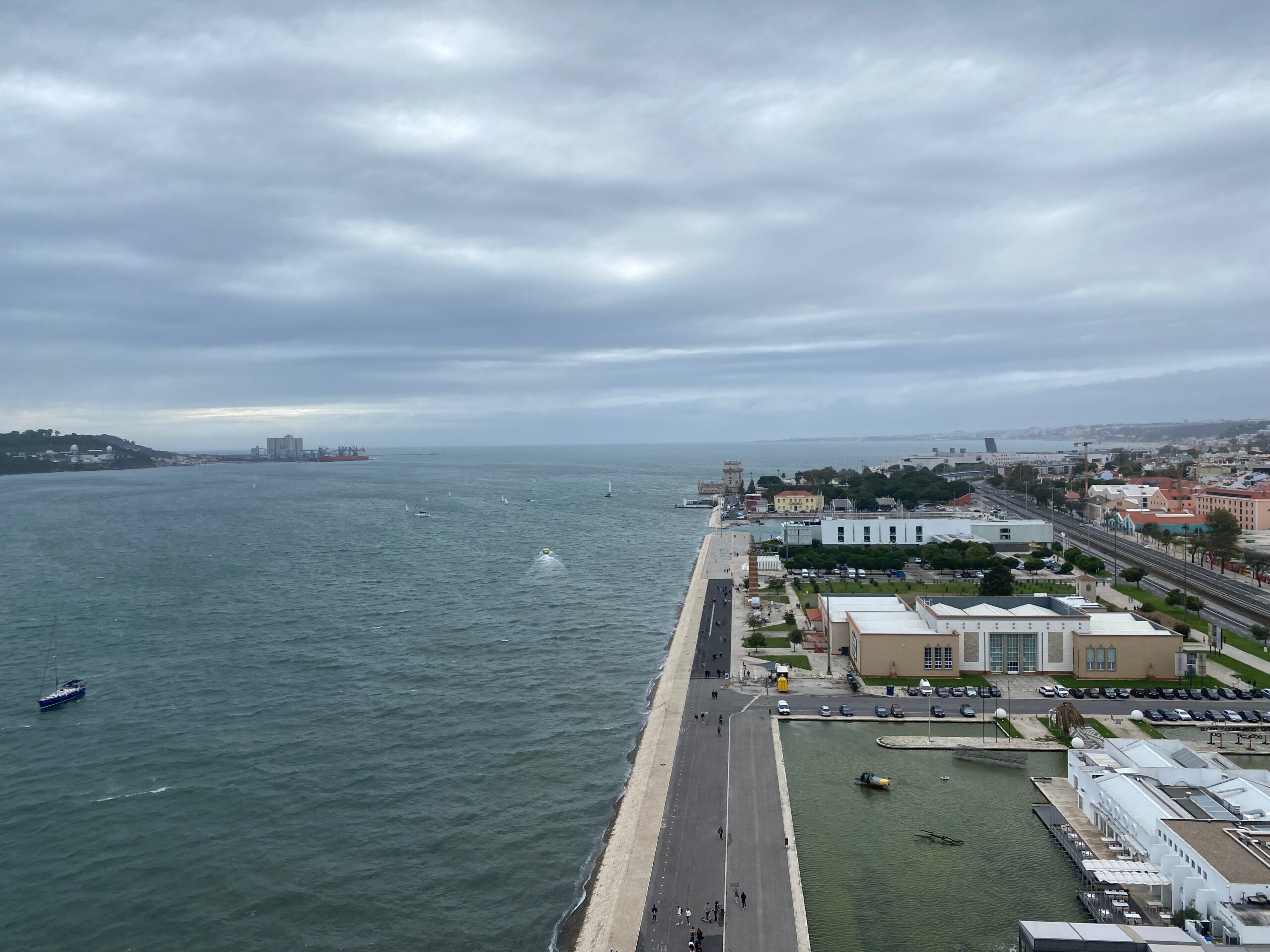
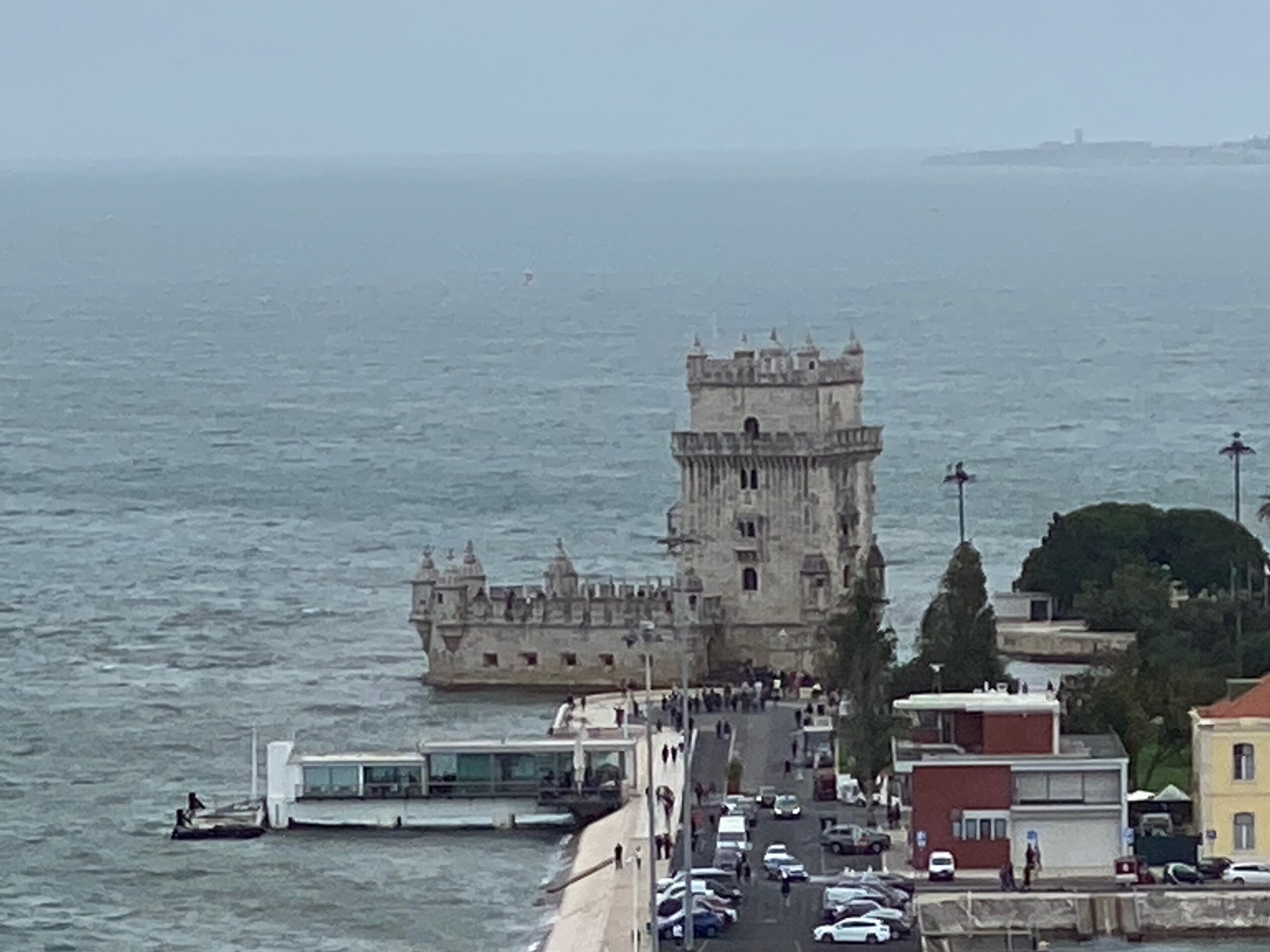
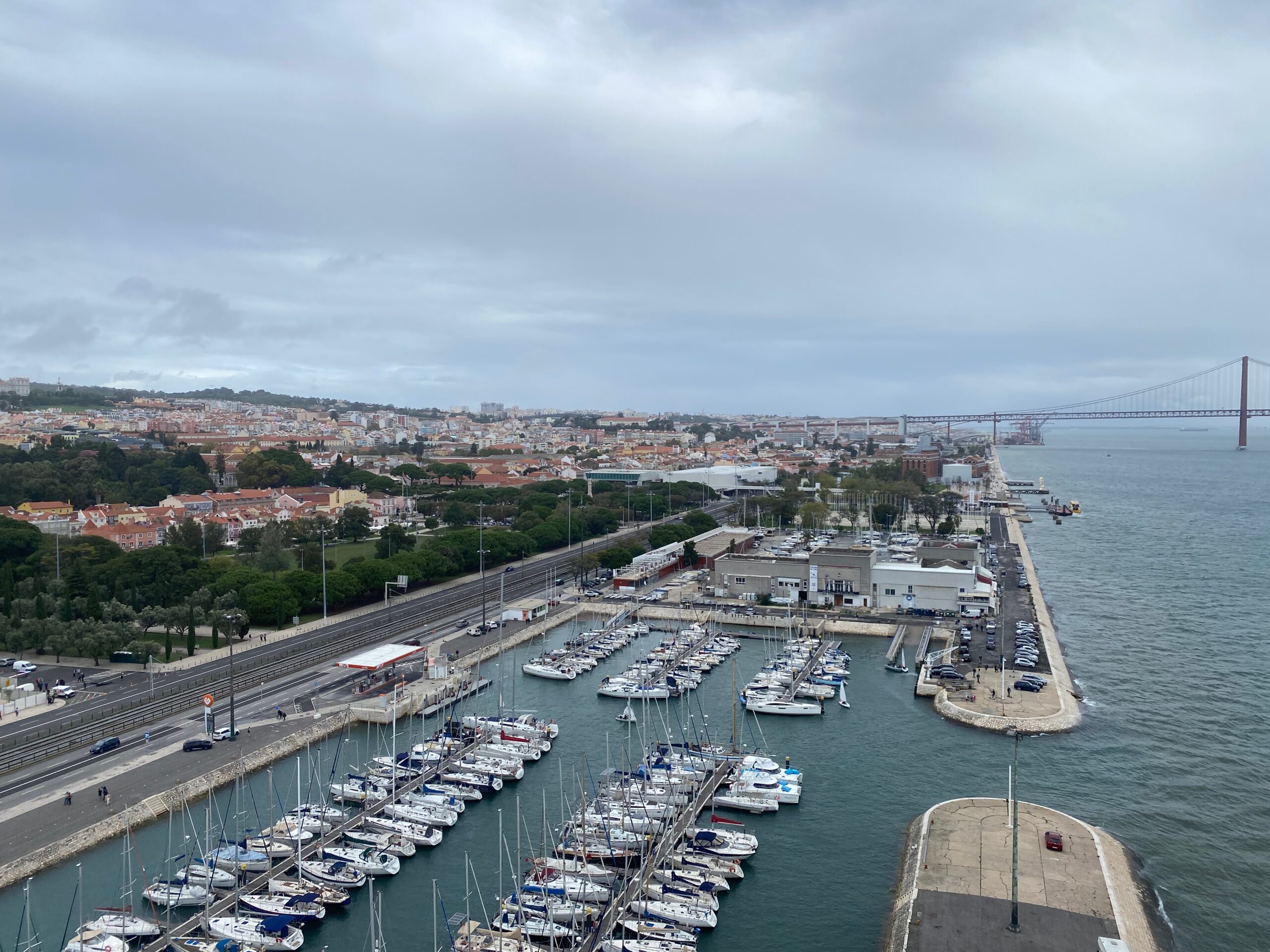
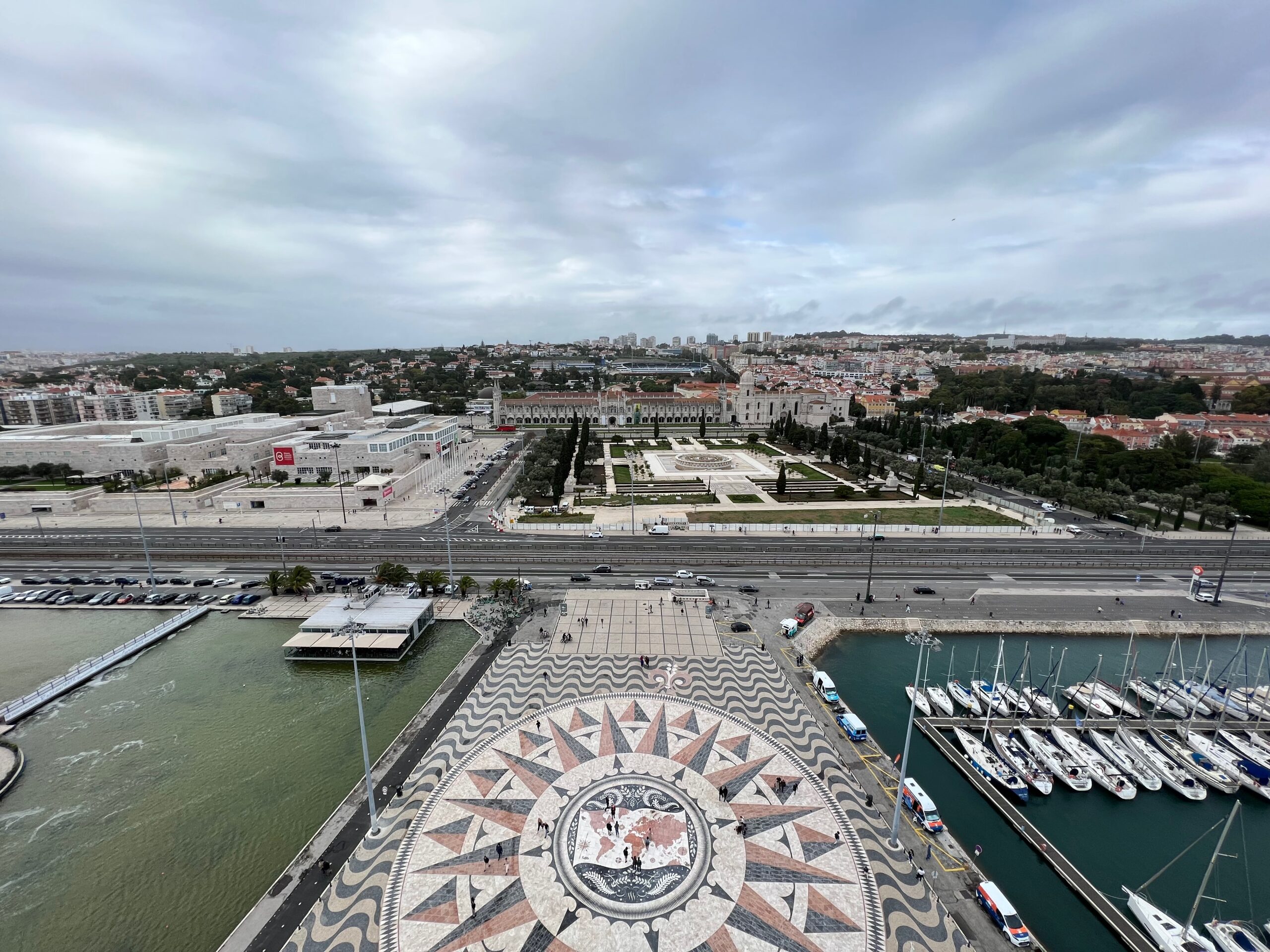
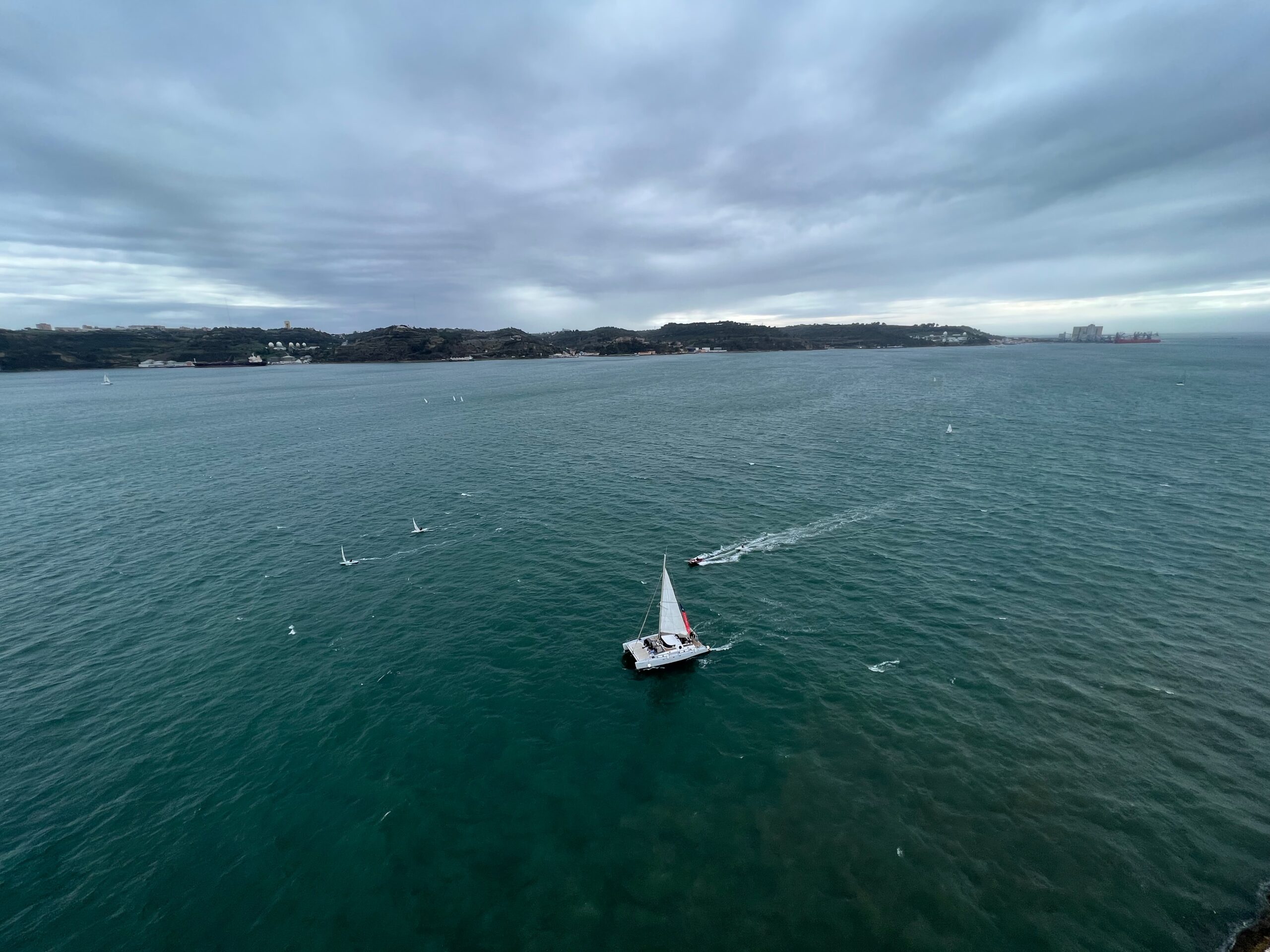
While at the top of the monument, we watched a group of kids on lasers struggle to return to the marina as the wind picked up – one of which was towed back because they lost their mast!

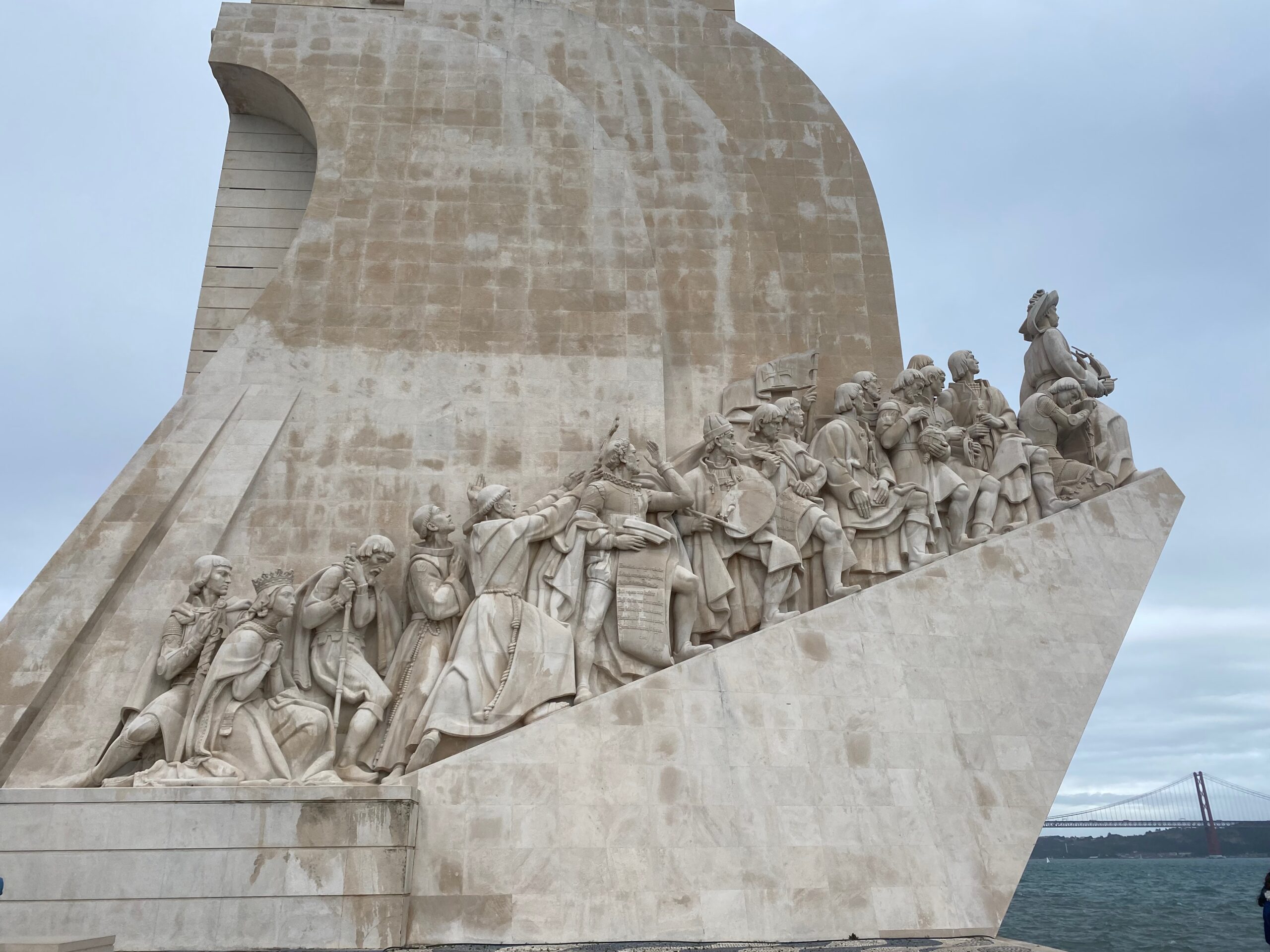
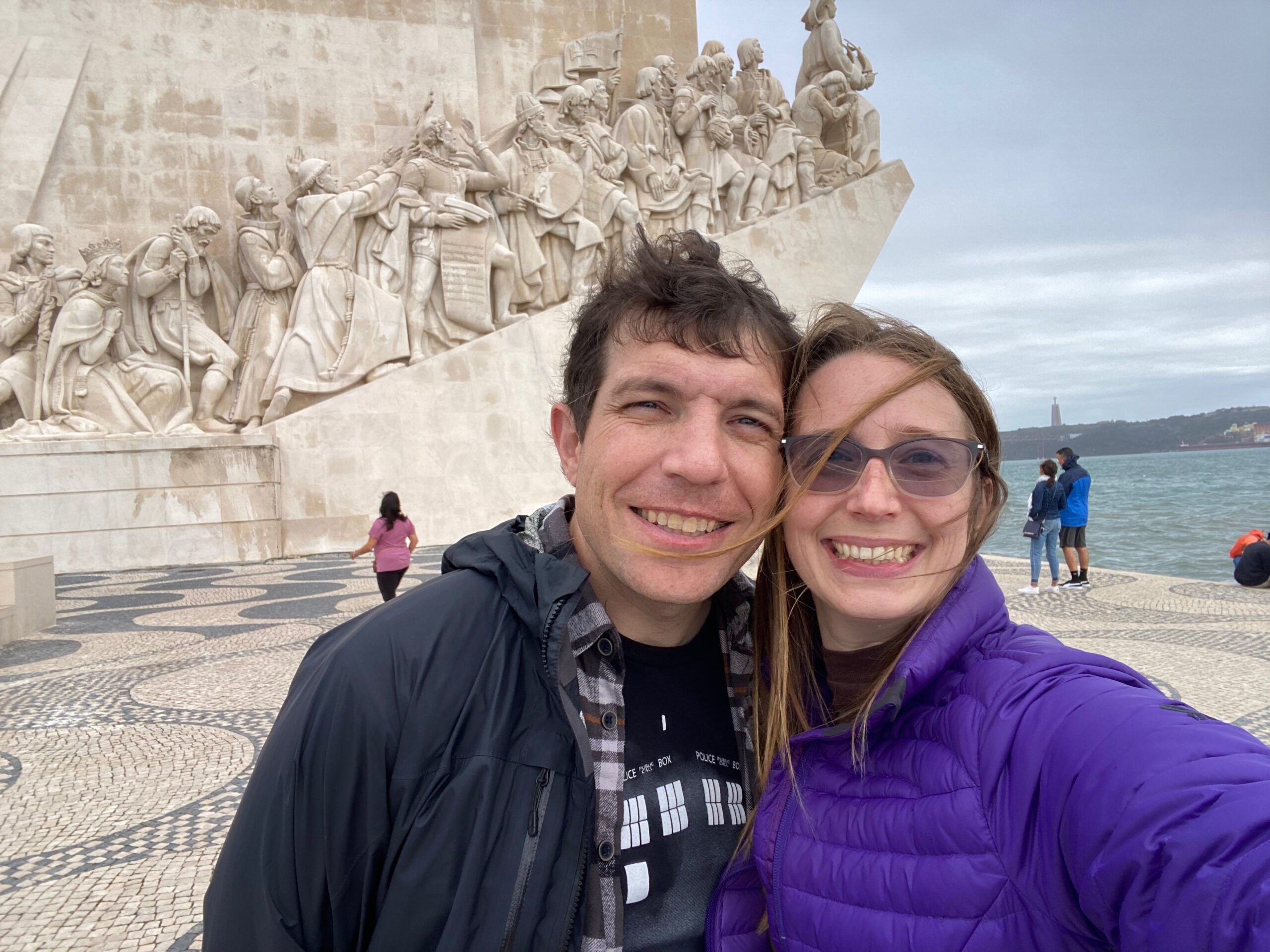
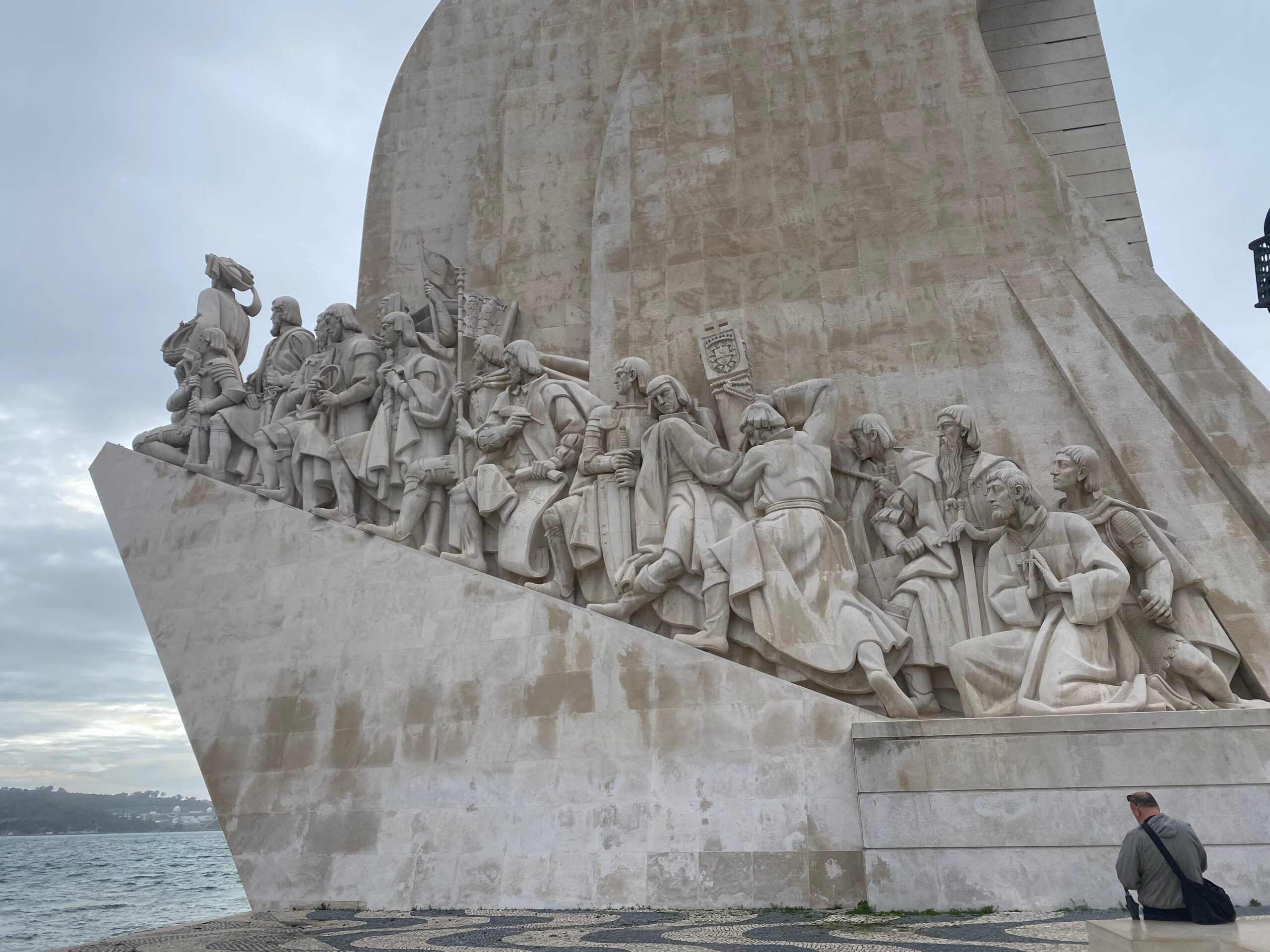
After visiting the monument, we decided to head to the famous pastry shop for a treat. Pasteis de Belem is the original maker of the custard tarts that can be found everywhere around Lisbon. They had just made a batch when we arrived, so they were warm and absolutely delicious!
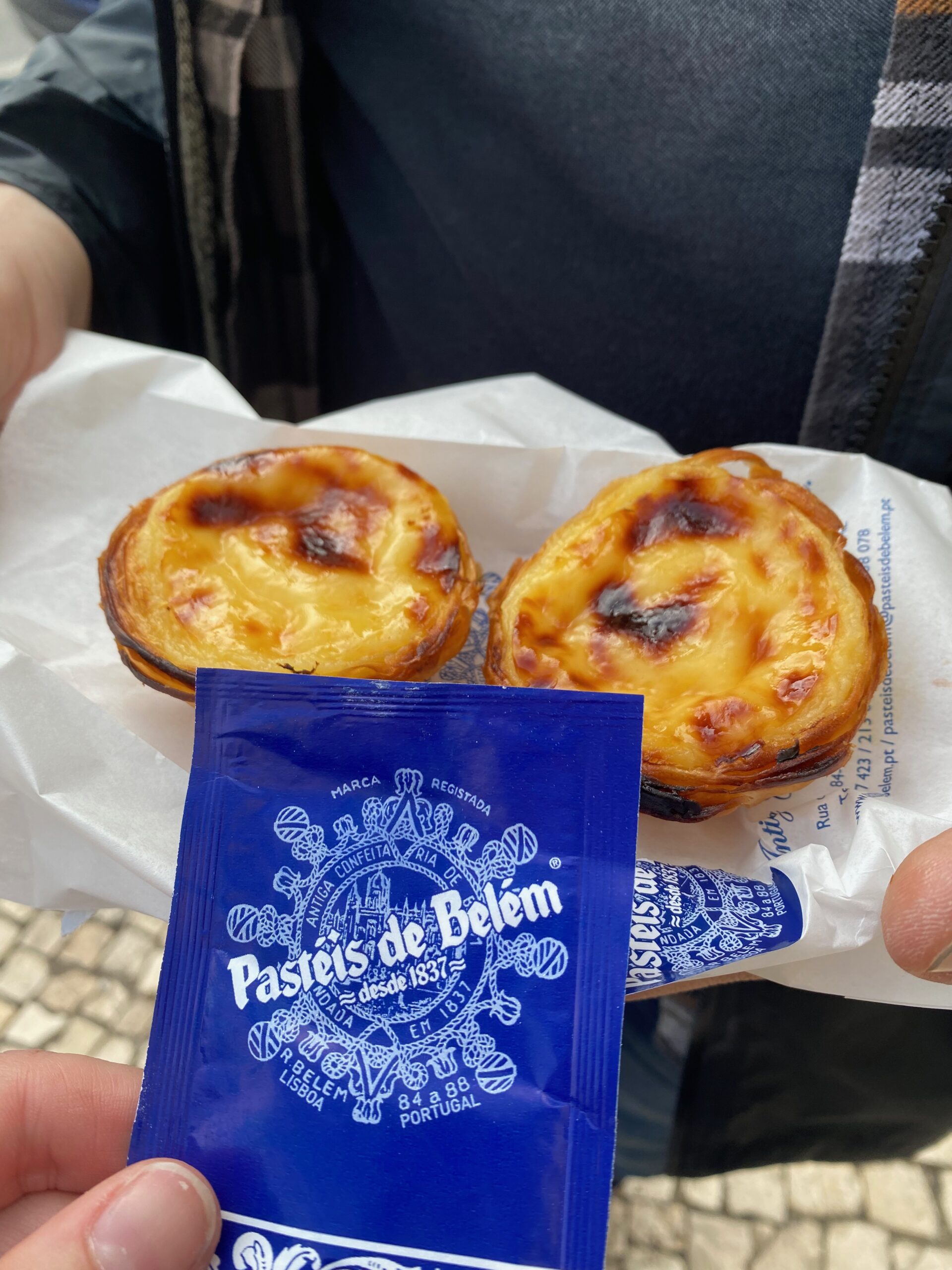
After more public transportation adventures where we again encountered several trams that did not stop due to being full, we eventually made it back to Lisbon. Rather than heading back to our hotel, we decided to wander around a bit and stoped at a couple of wine shops for some pre-dinner drinks. For dinner, we had reservations at A Severa which a blogger had told me was good for listening to Fado, but turned out to be extremely touristy. Next time, we will heed the advice of our tour guide and go to one of the places on his list in Alfama for Fado (we already had these reservations by the time we met him). Regardless, we had a delicious dinner for our last meal in Portugal.
